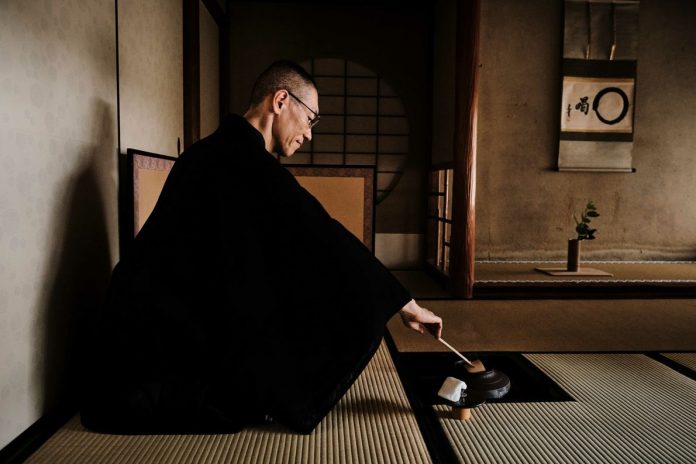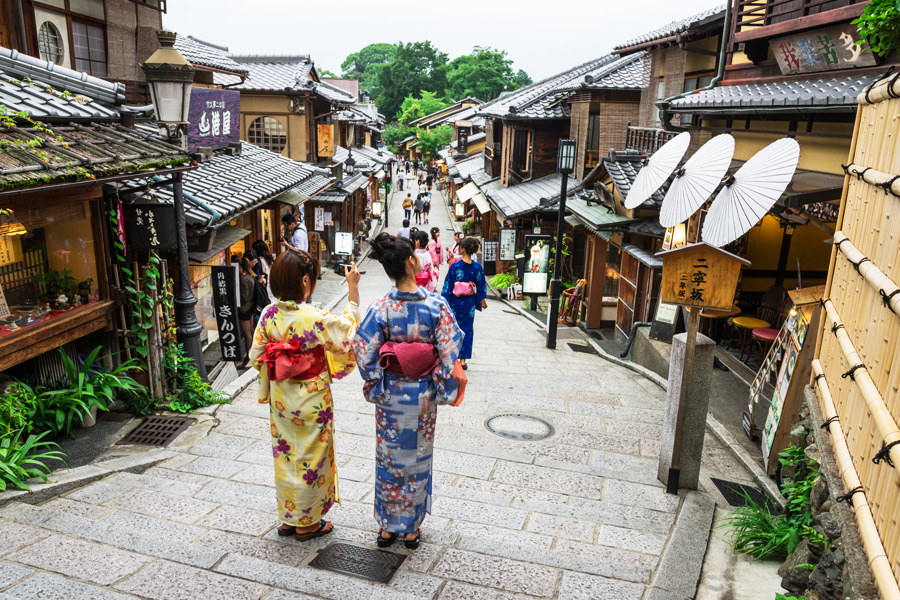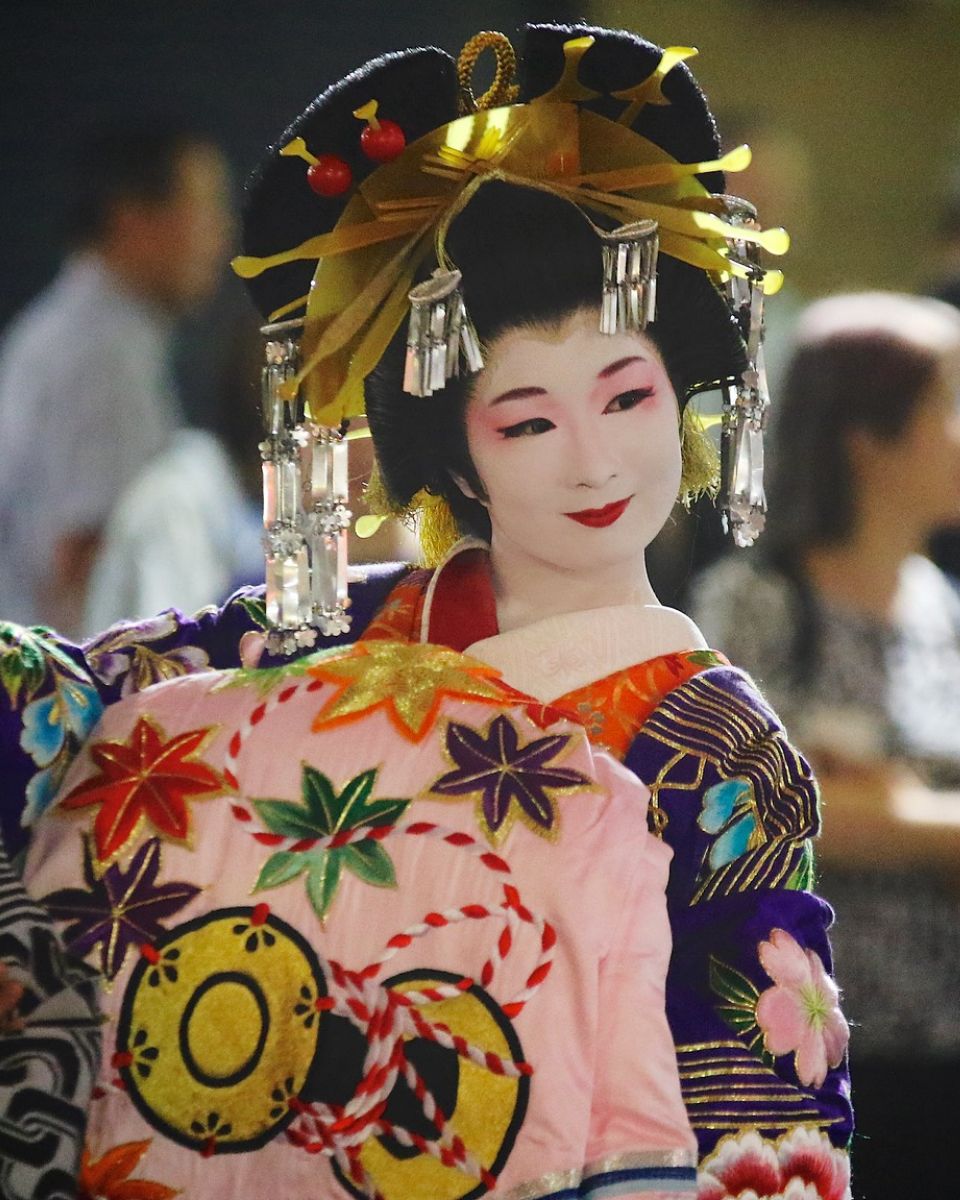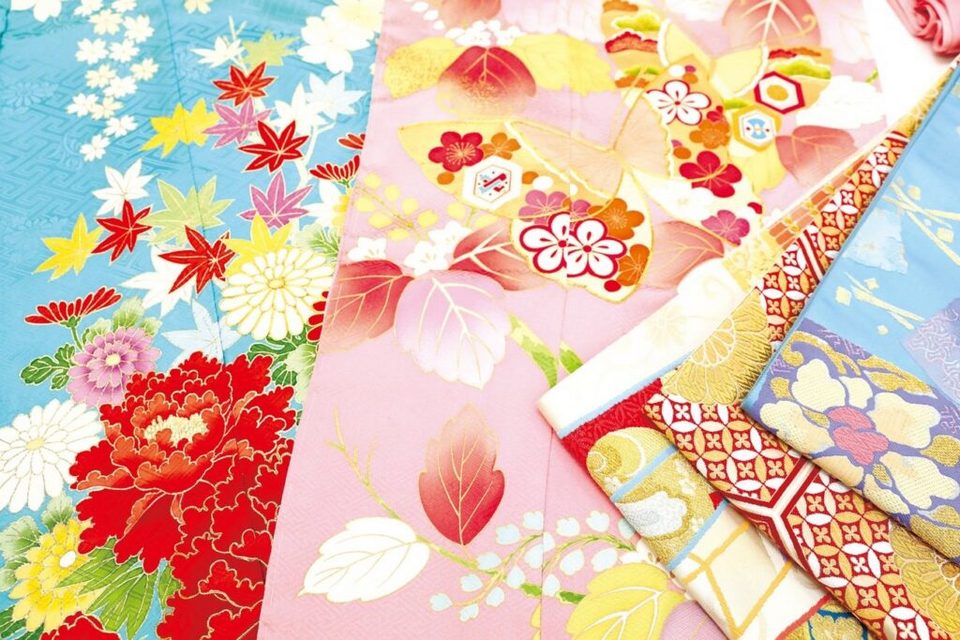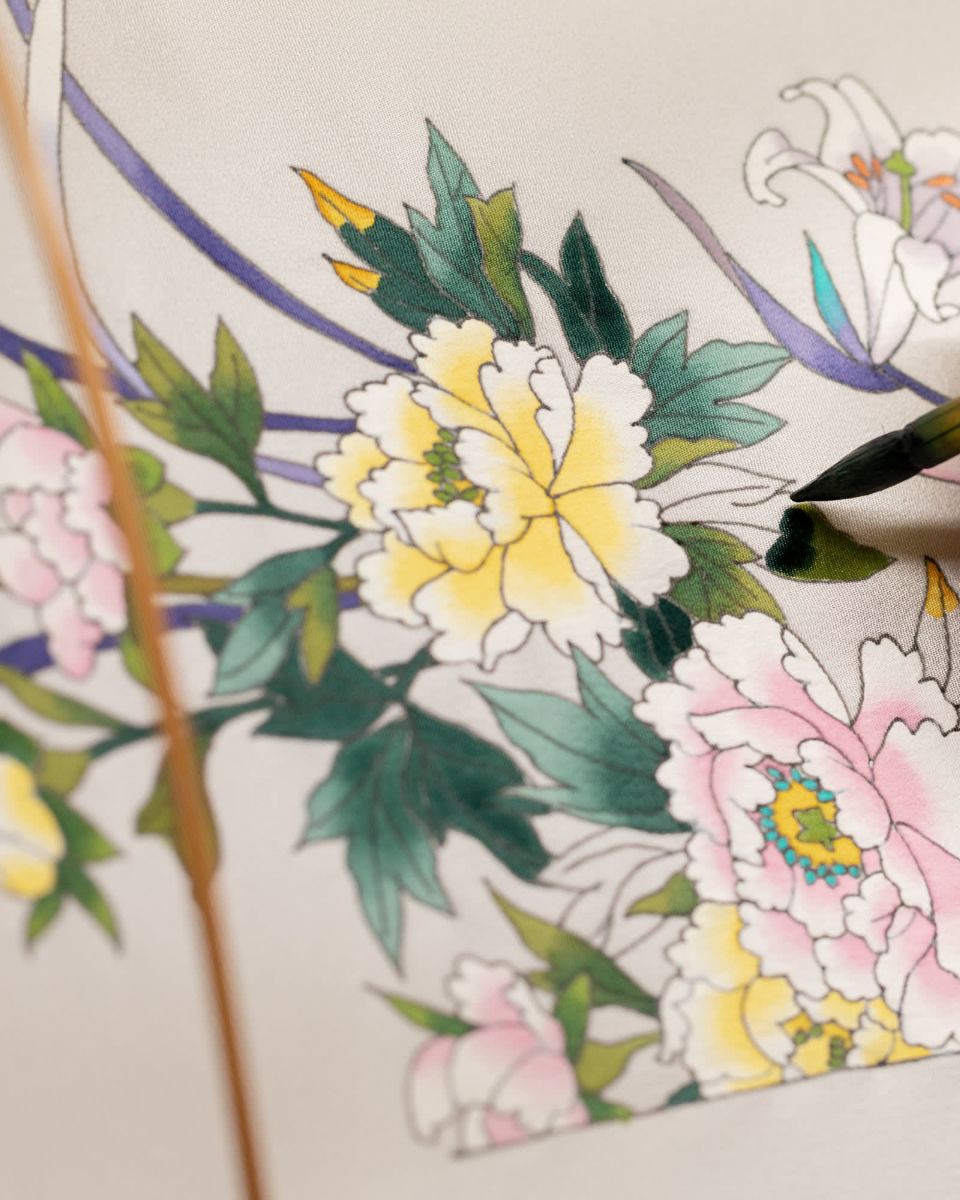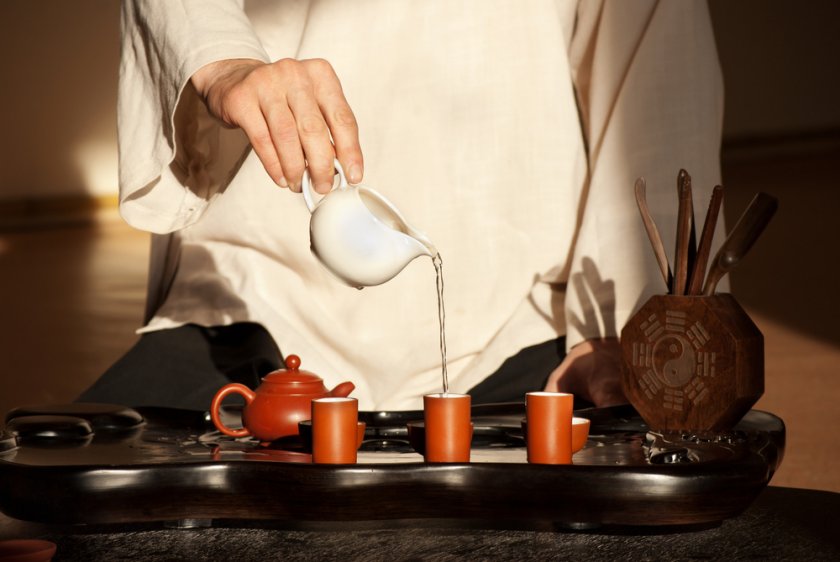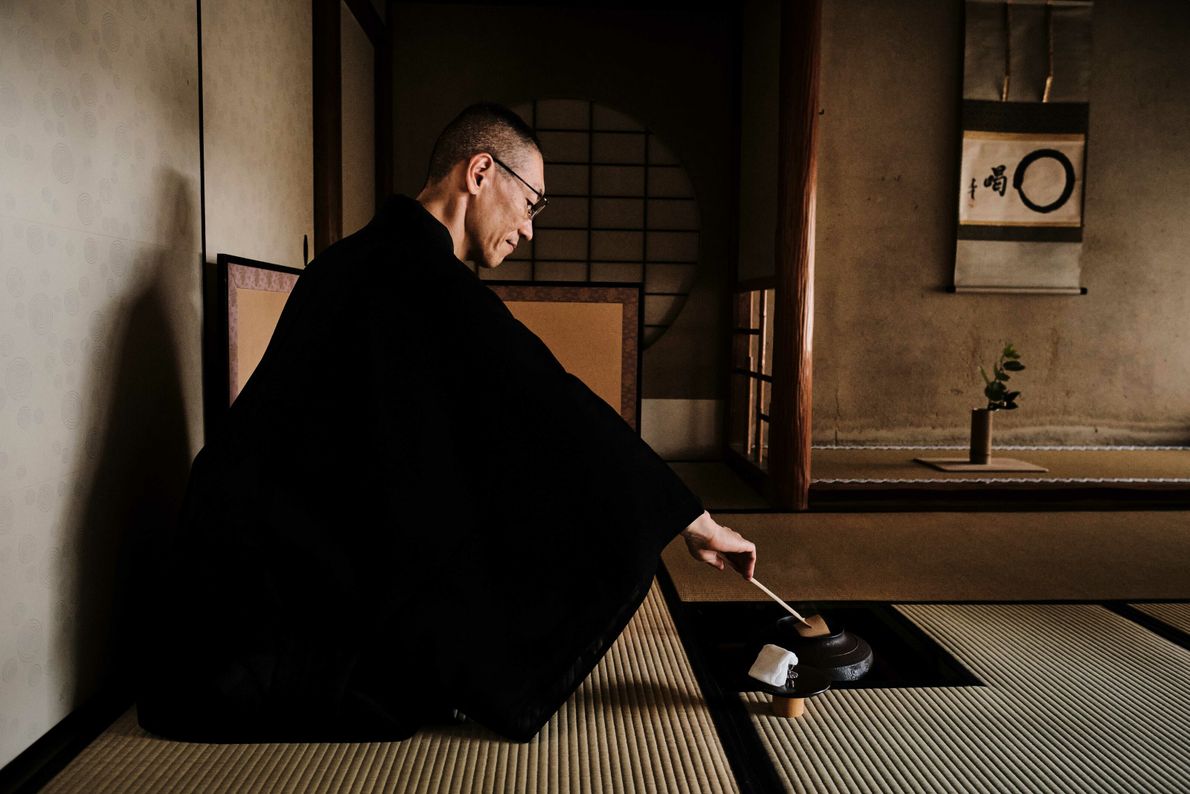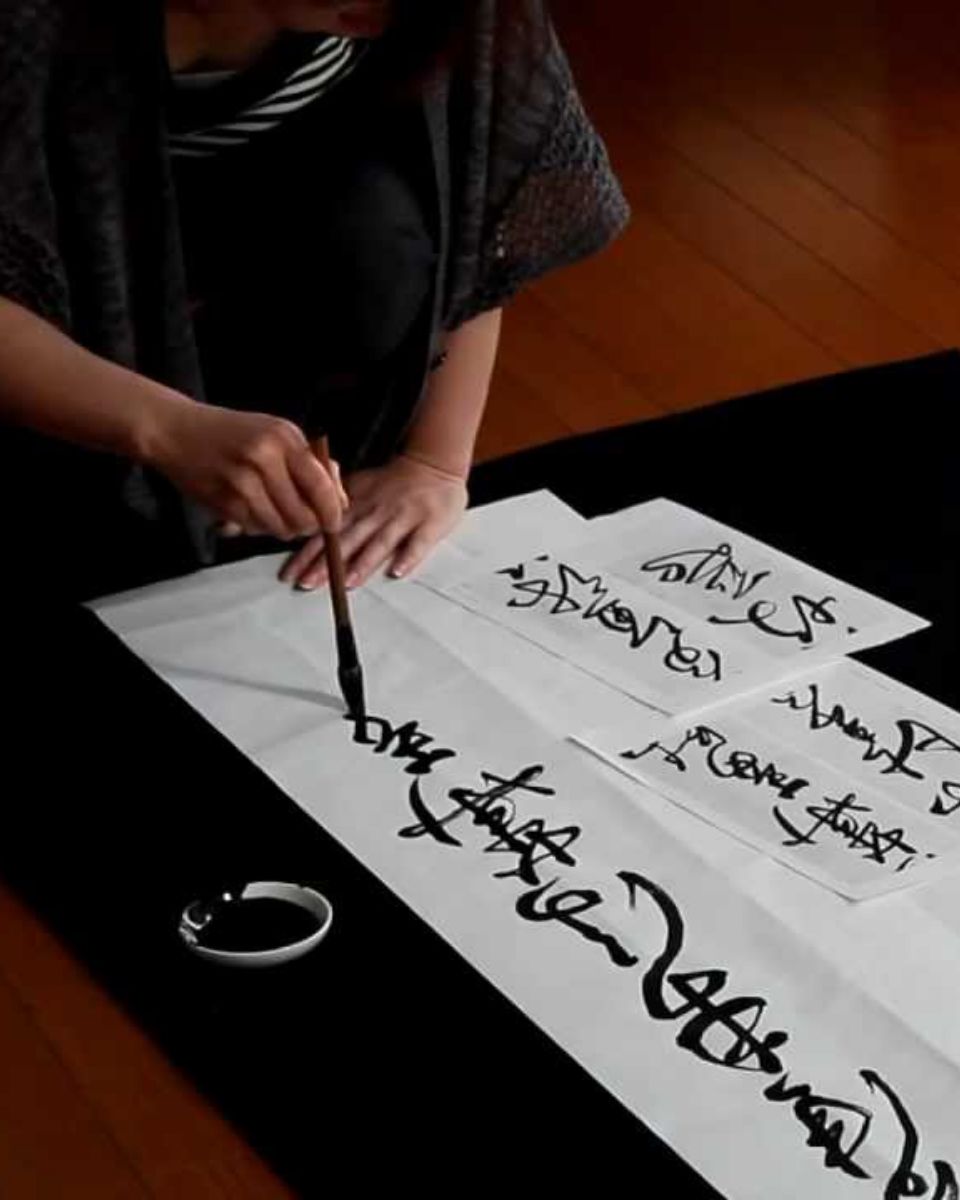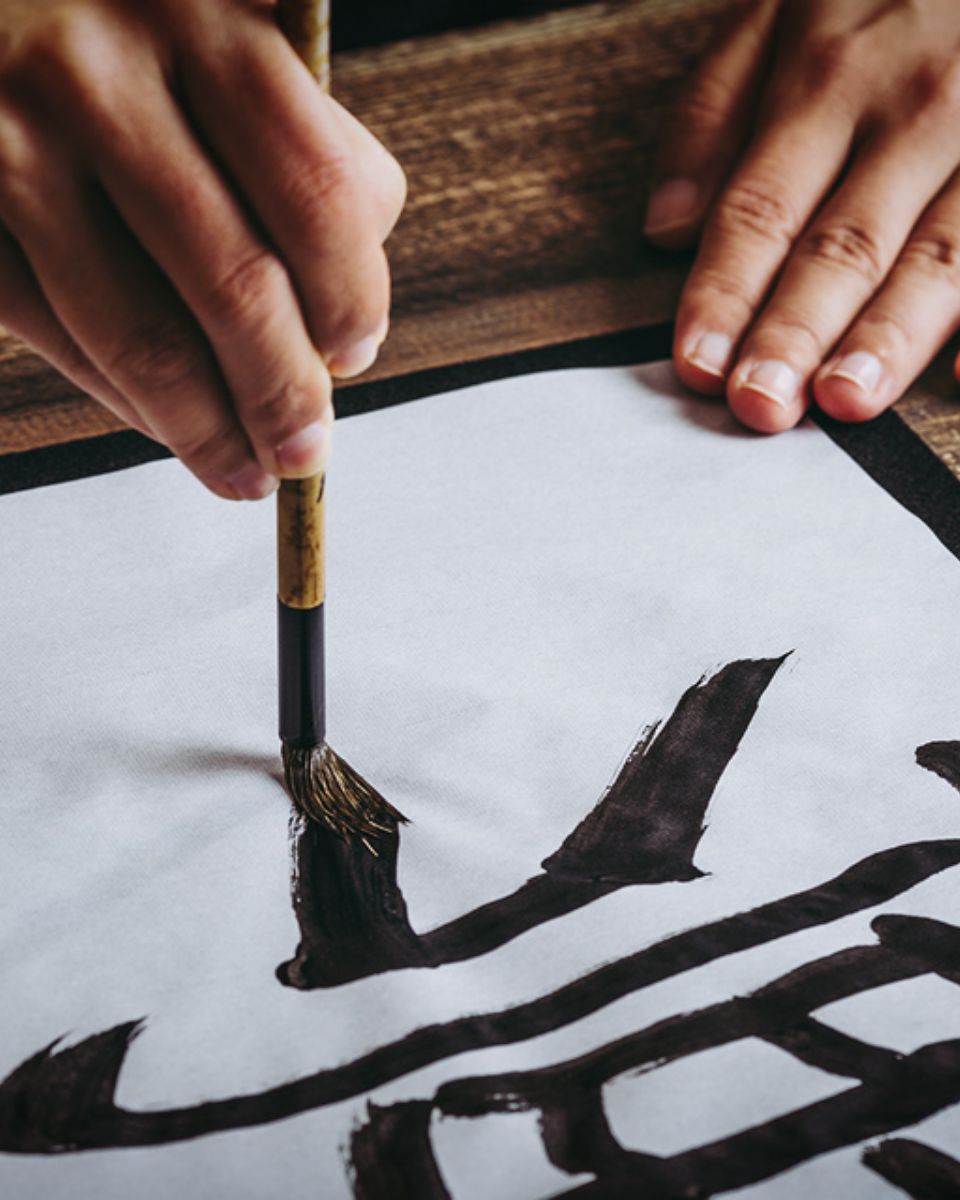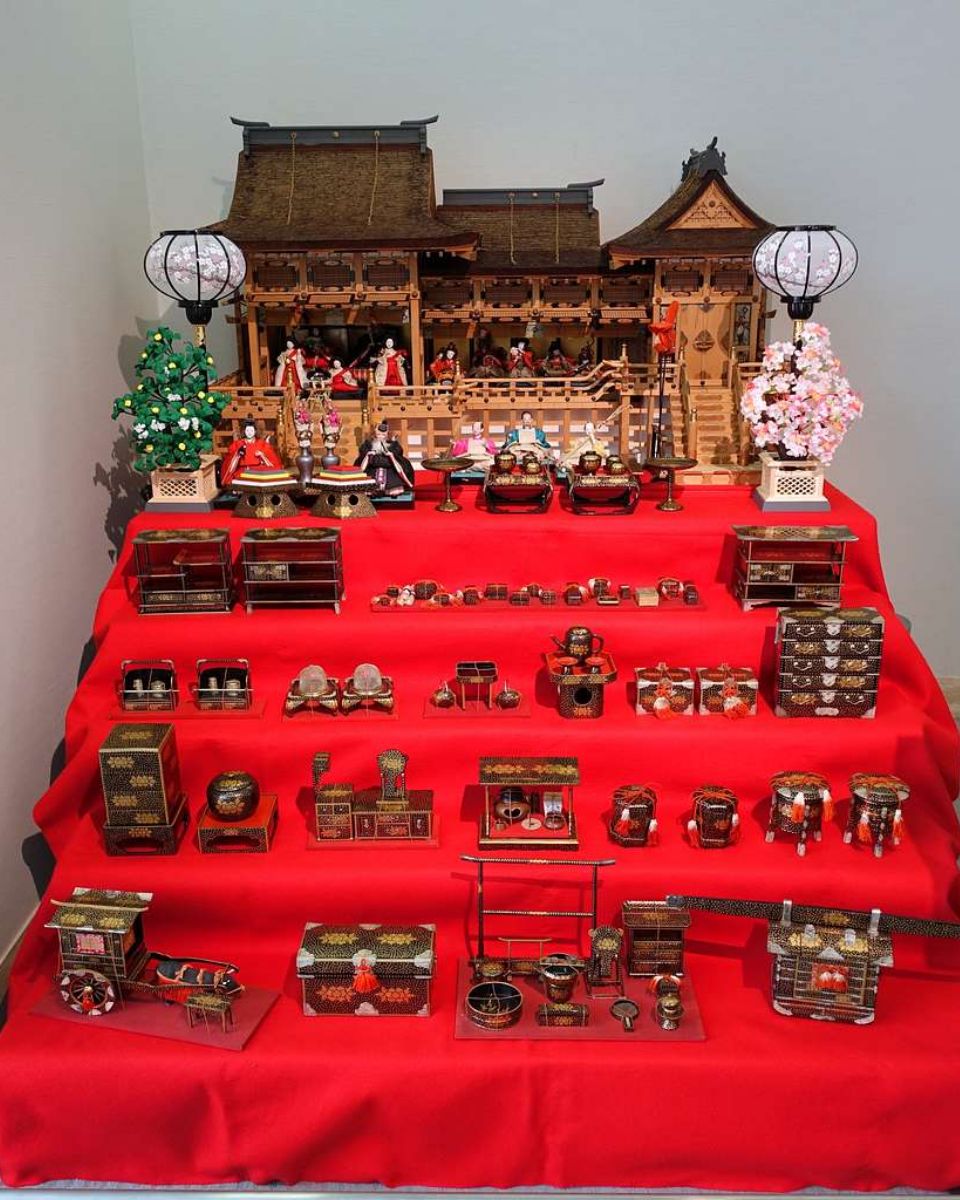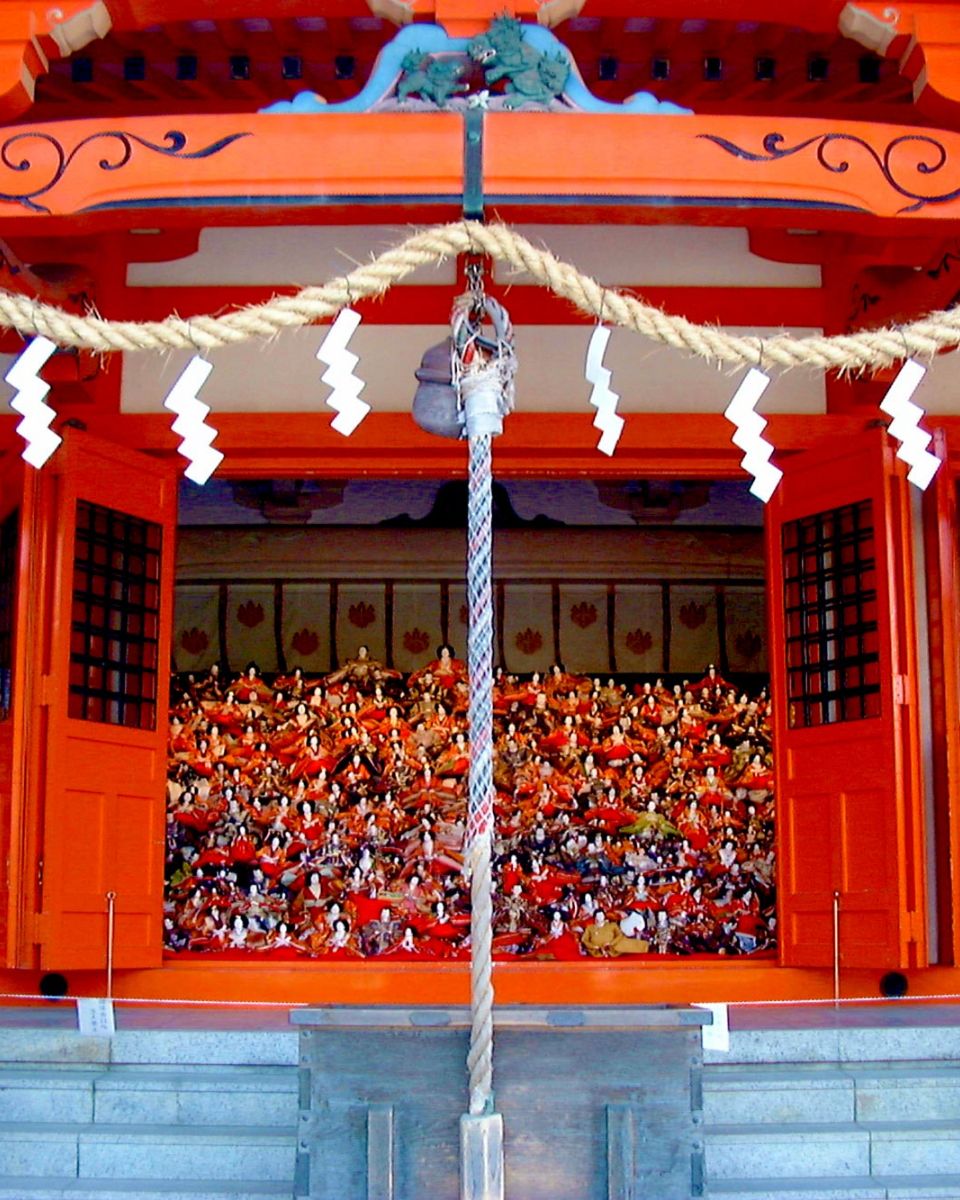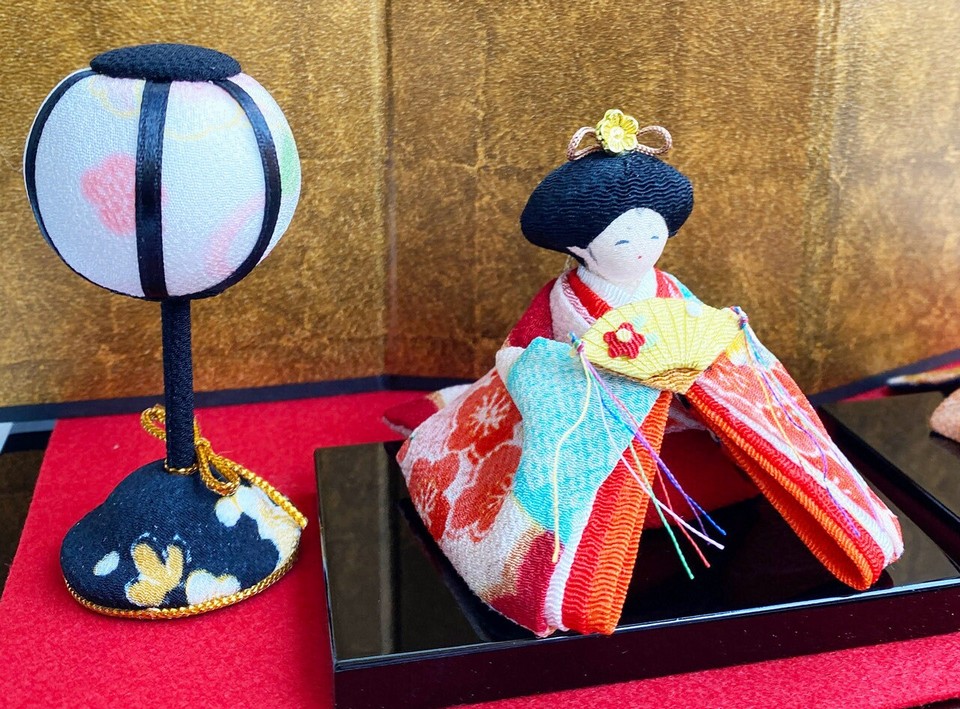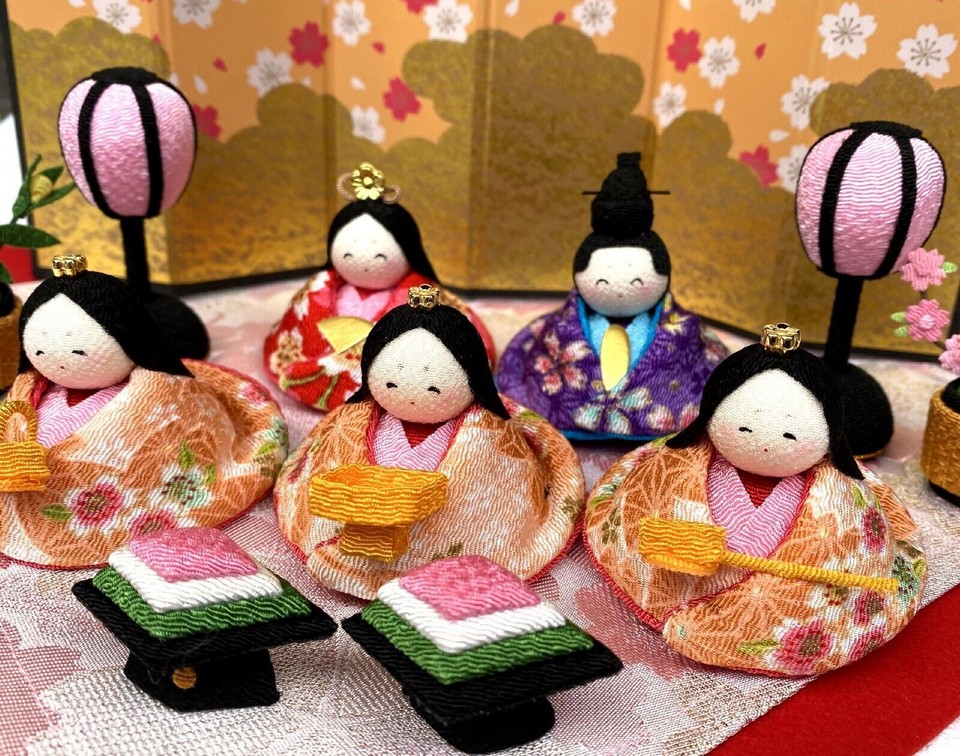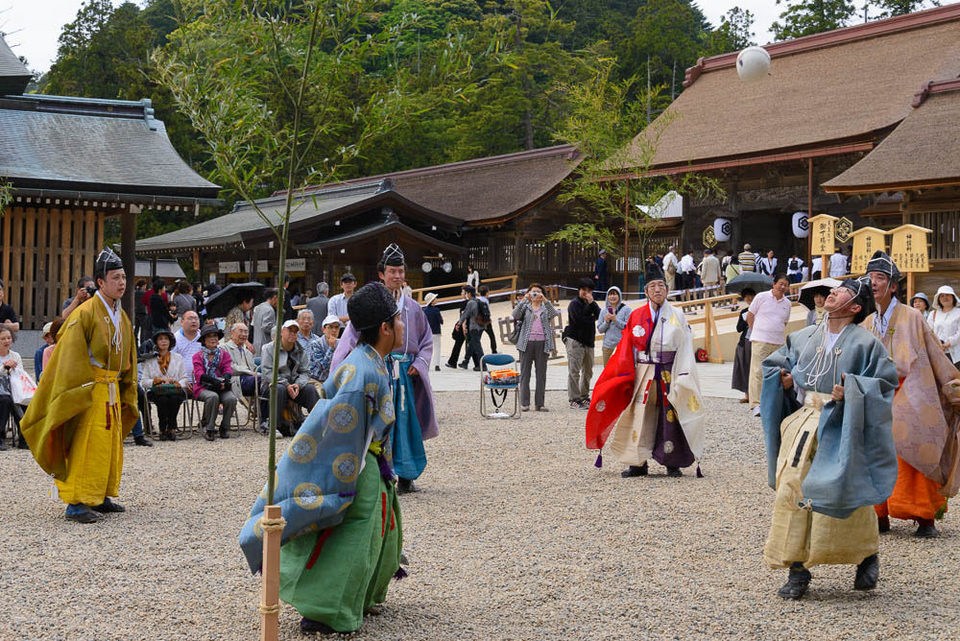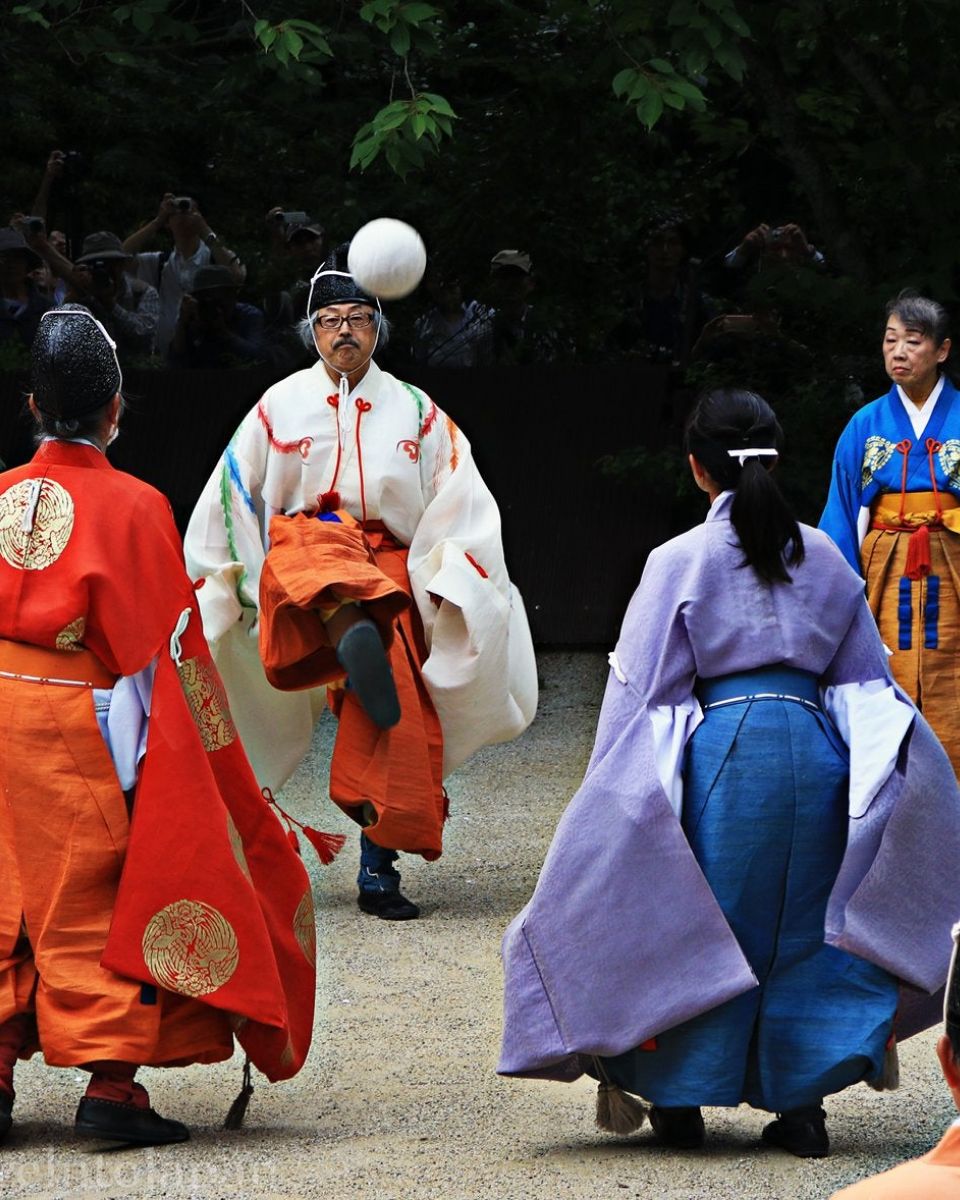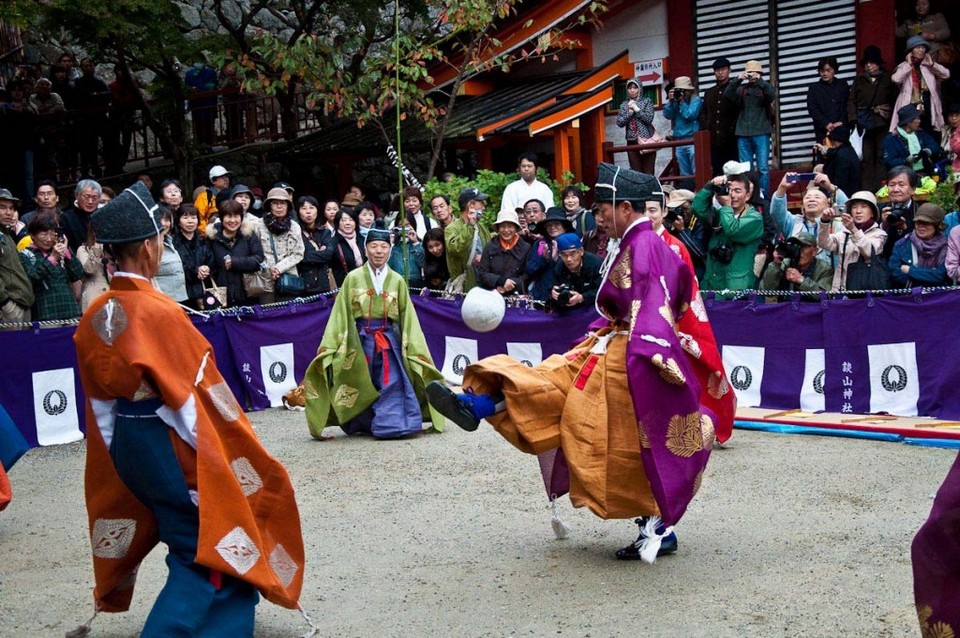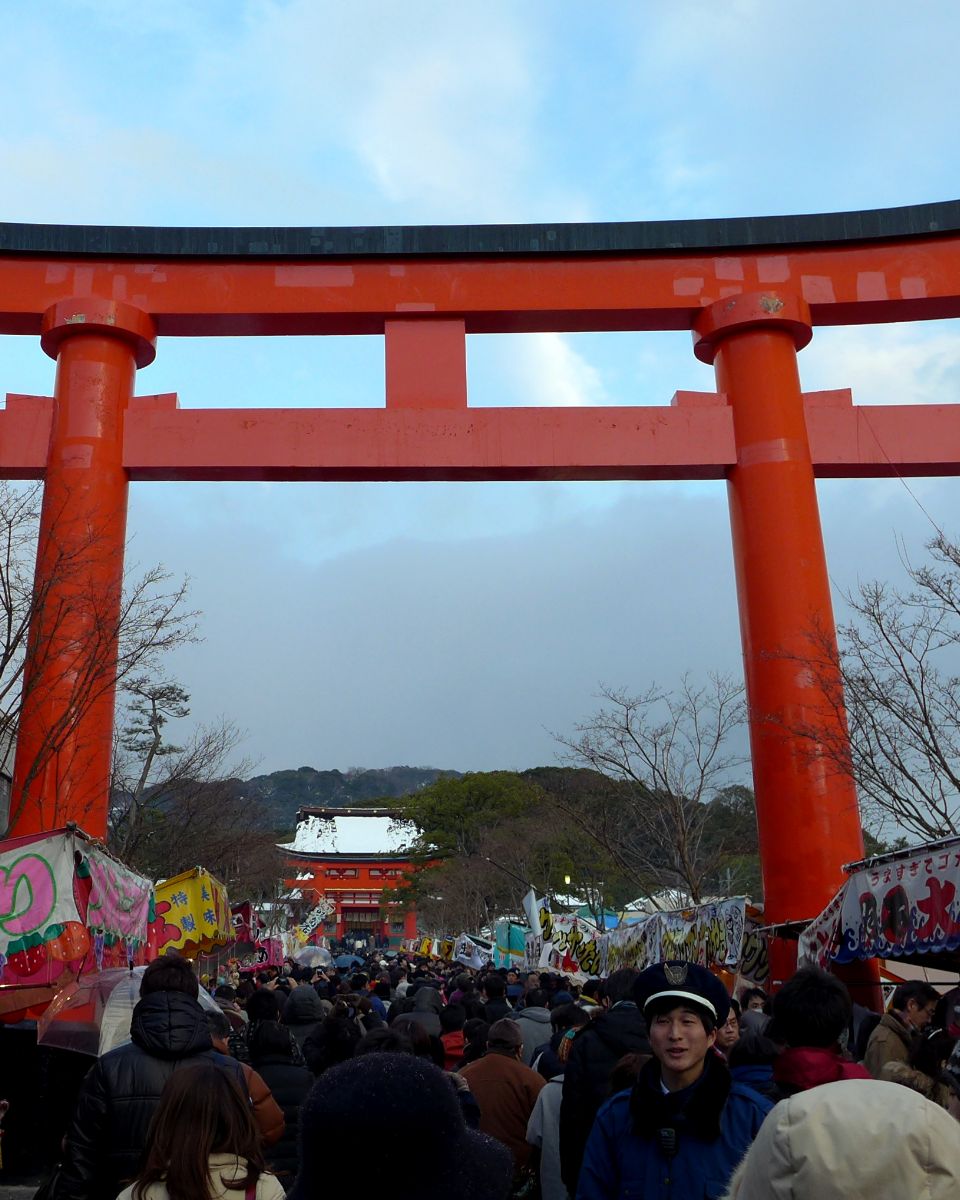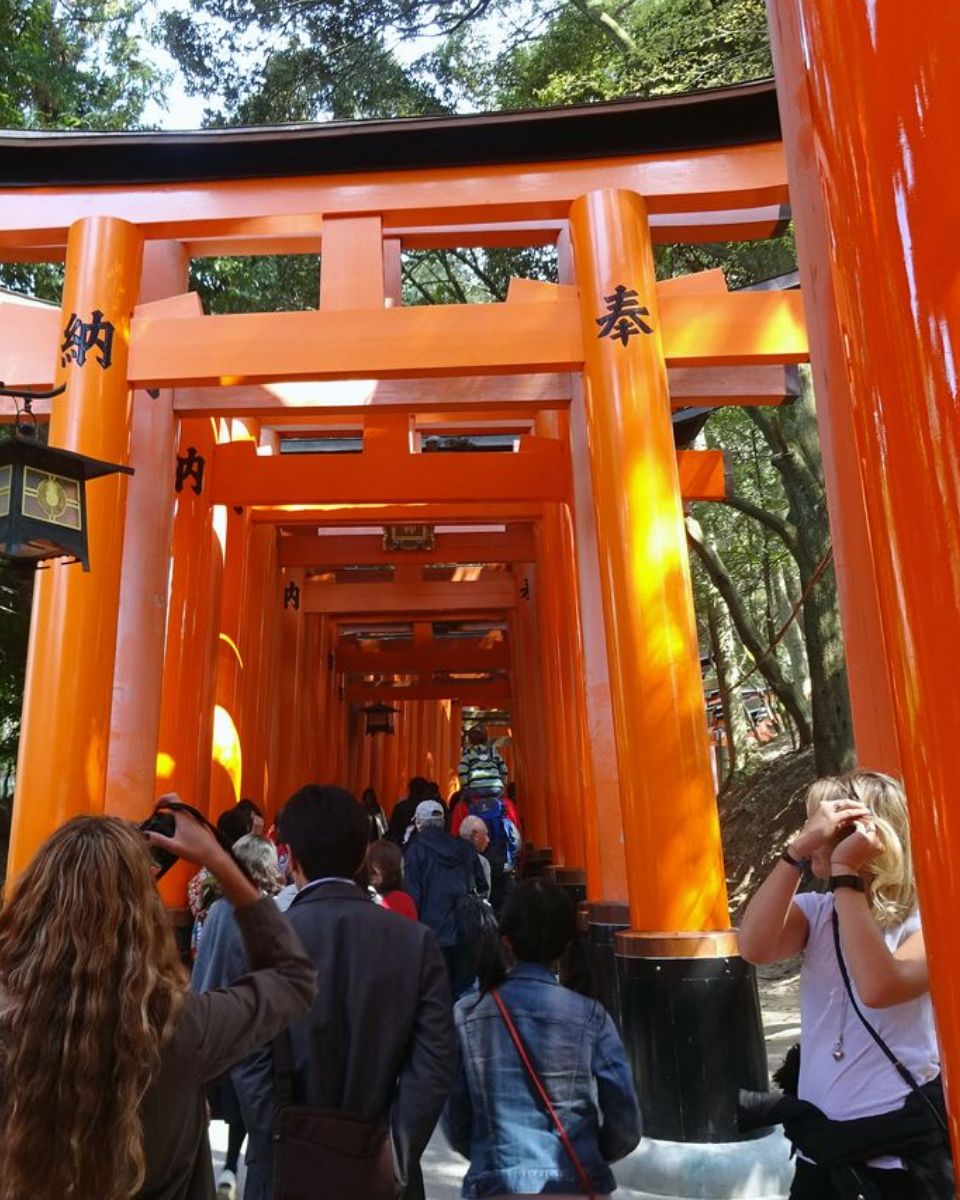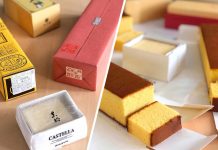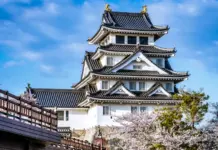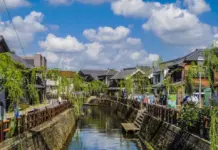Kyoto is the major cultural center of Japan. Many Japanese traditional beauties originate from this ancient capital city such as Maiko and Geisha, tea ceremony, etc. Here are some unique traditions in Kyoto that you may not know. So, what are some customs, values and main traditions of Kyoto? Let’s explore 9 most important Kyoto traditions & Kyoto customs you should know in this article to find out the core values of Kyoto!
- Kyoto festival — Top 10 best events & most famous festivals in Kyoto you must see
- Kyoto 3 day itinerary — How to visit Kyoto in 3 days & what to do in Kyoto in 3 days perfectly?
- Traveling from Tokyo to Kyoto — 4 fastest & cheapest ways on how to get to Kyoto from Tokyo
- Discovering the art of making Washi paper crafts in Japan
- Top 5 Japanese gardens you must-see in Kyoto
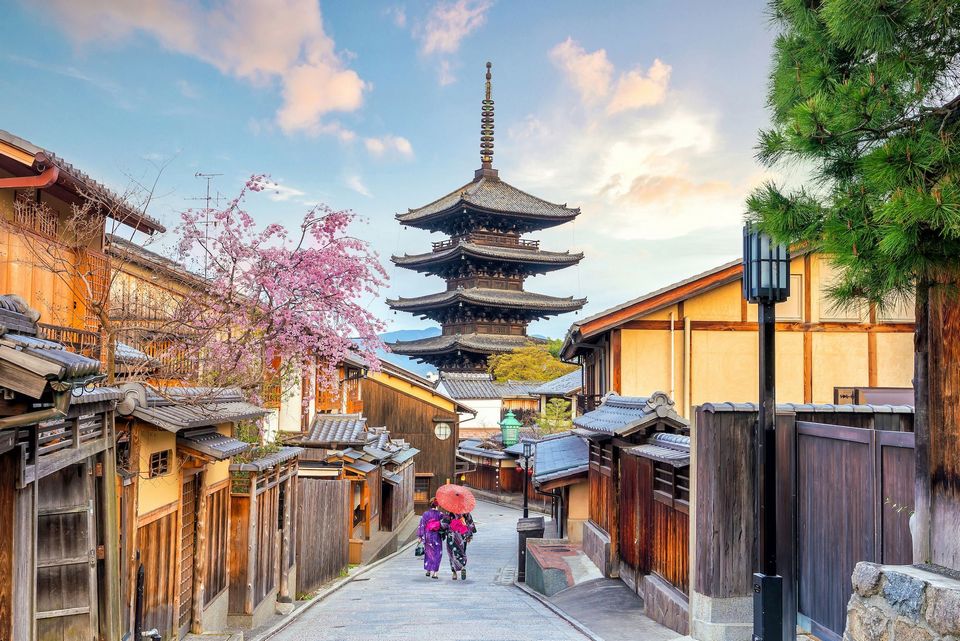
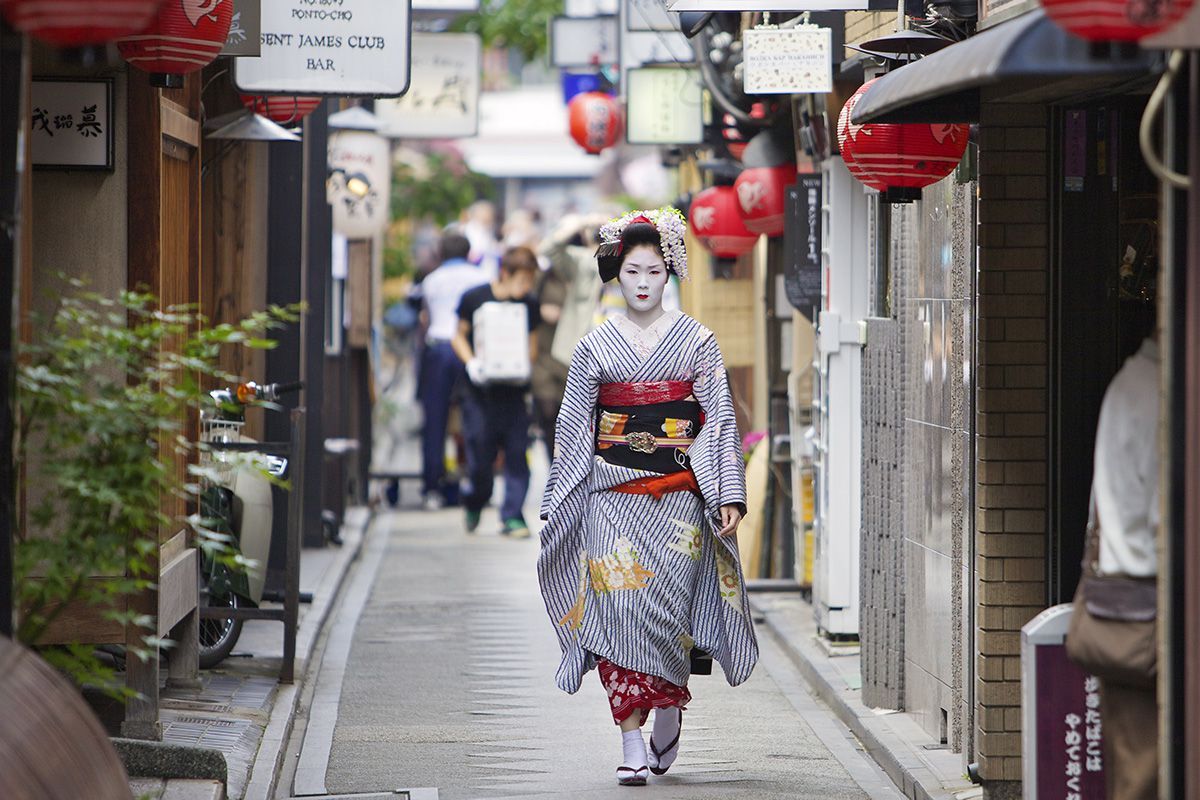
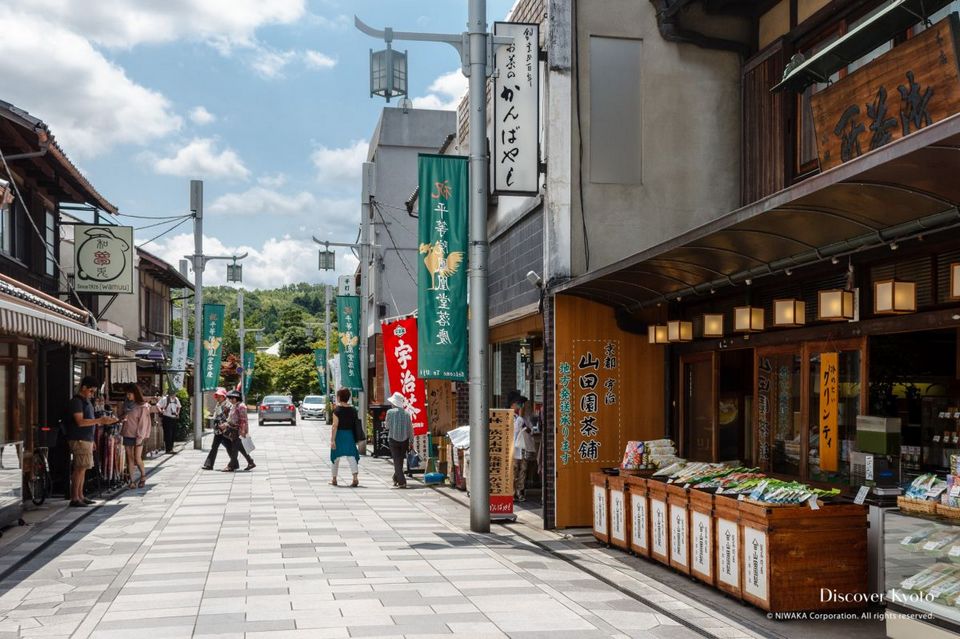
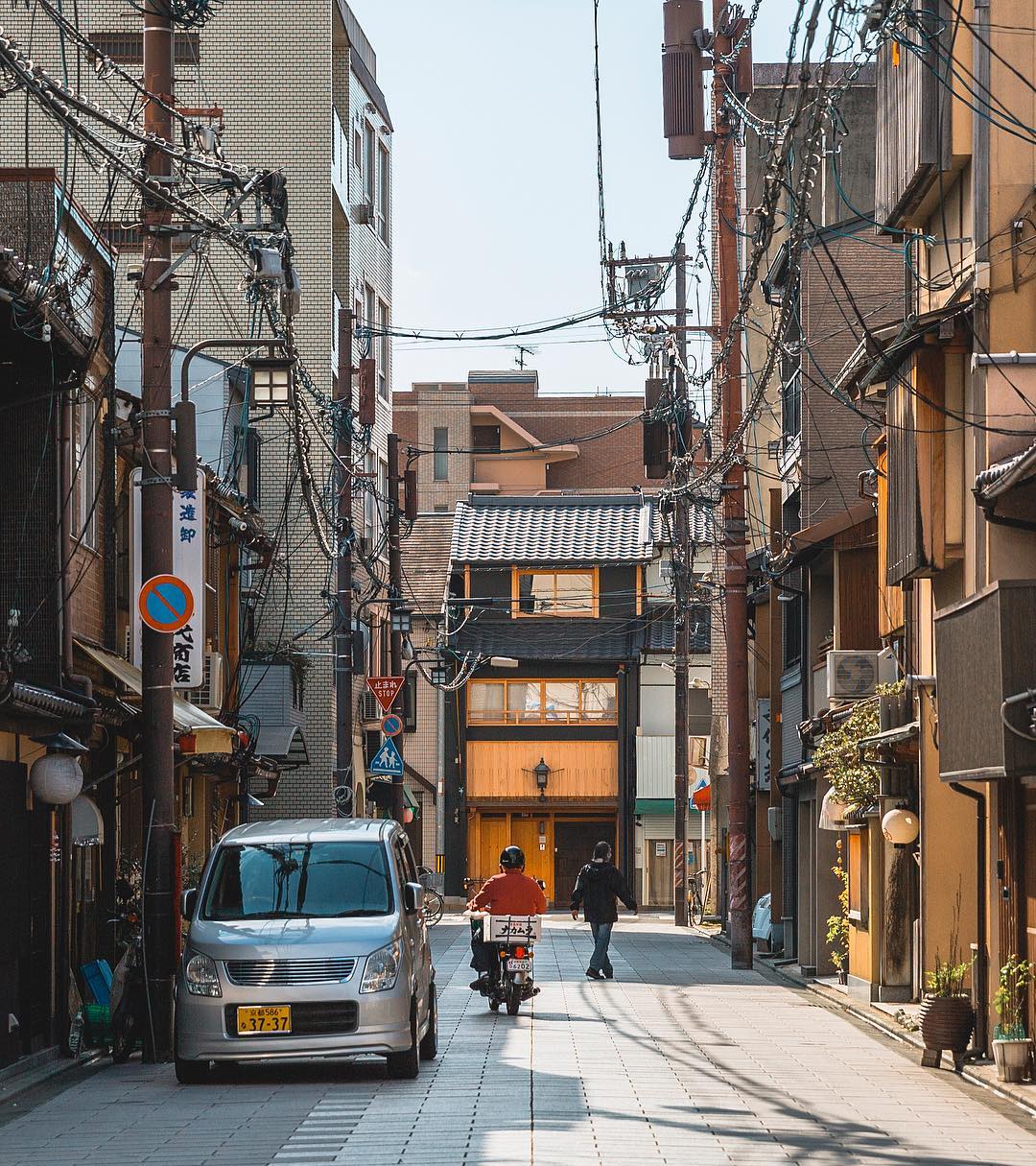
Maiko and Geisha
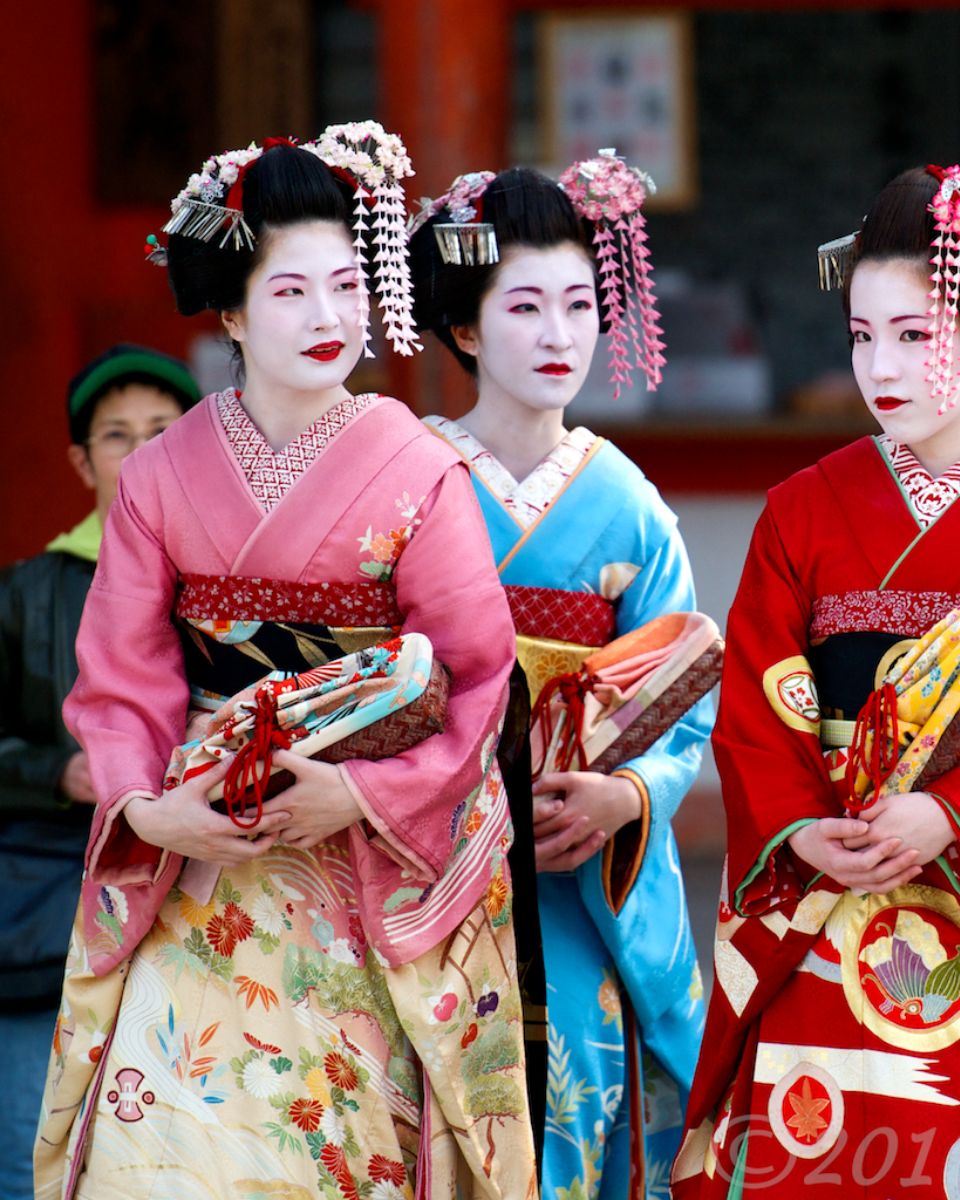
Maiko and Geisha, often known as Geiko in common parlance, are talented female performers who have historically amused visitors at traditional teahouses and restaurants in Kyoto.

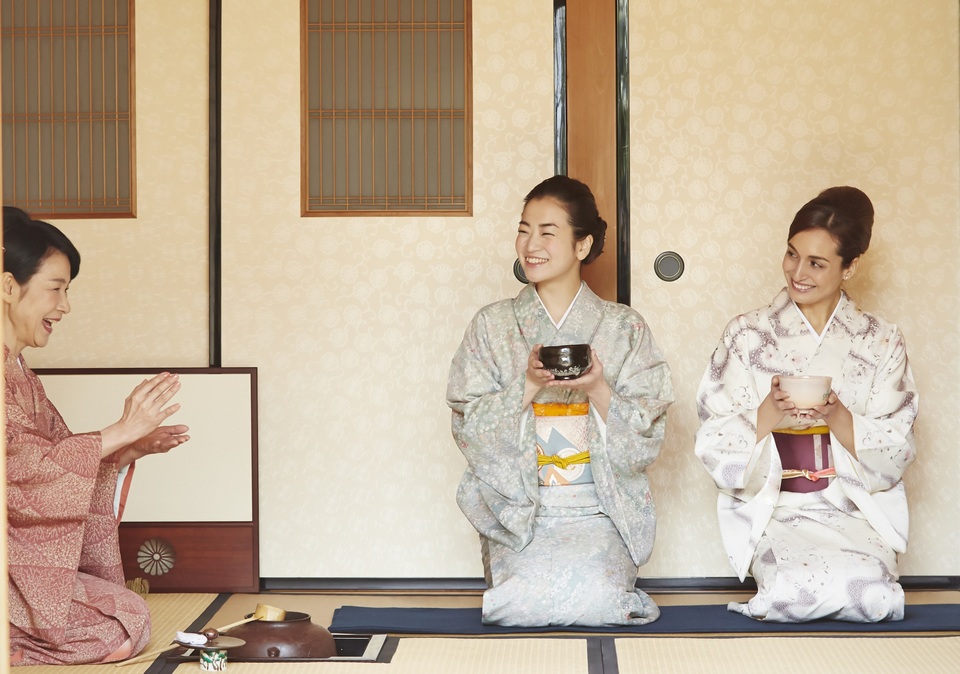
They have received training in classical dance, popular music, and the performing arts. Also, they are quite skilled at keeping customers amused with age-old talks and games.
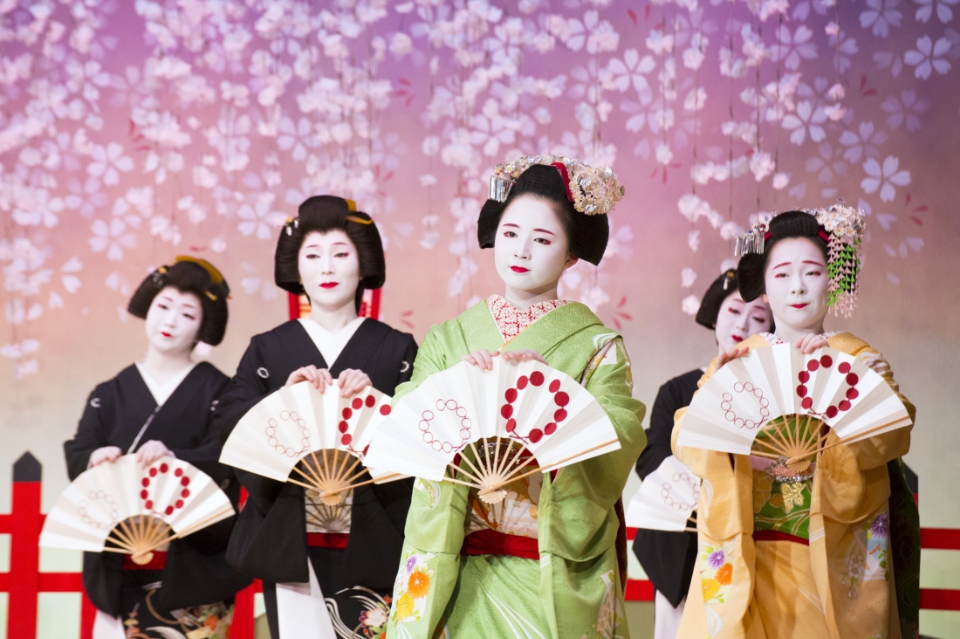
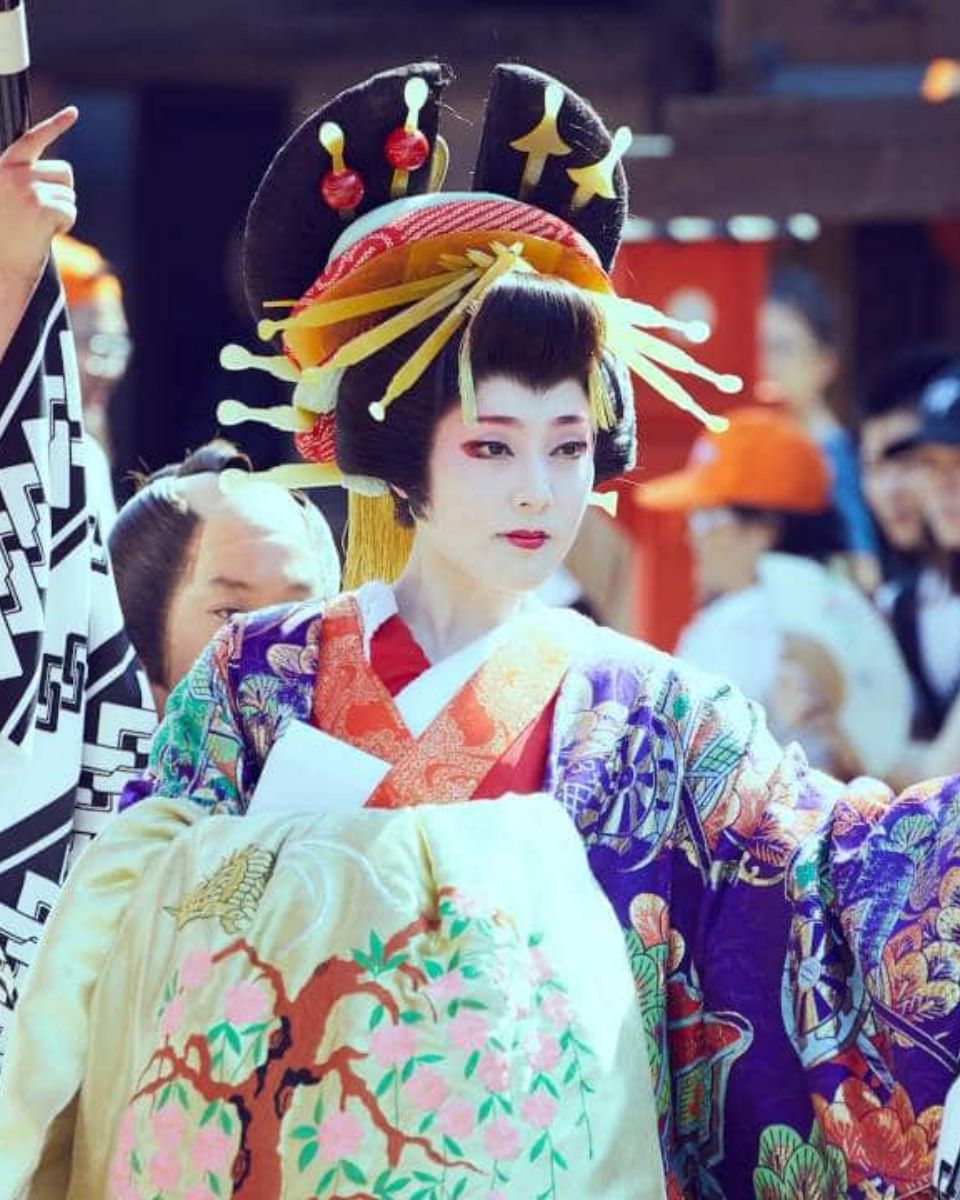
Once the imperial court moved the capital to Heian-kyo (Kyoto) in 794, they started to appear in Kyoto. In ancient neighborhoods like Hanami-koji and Pontocho Streets in Kyoto’s Gion district, Maiko and Geisha can still be seen performing today. If given the chance, visitors should witness these artistic performances held here in the evenings to learn more about Japanese culture.
Kimono shirt (#kyoto traditions)
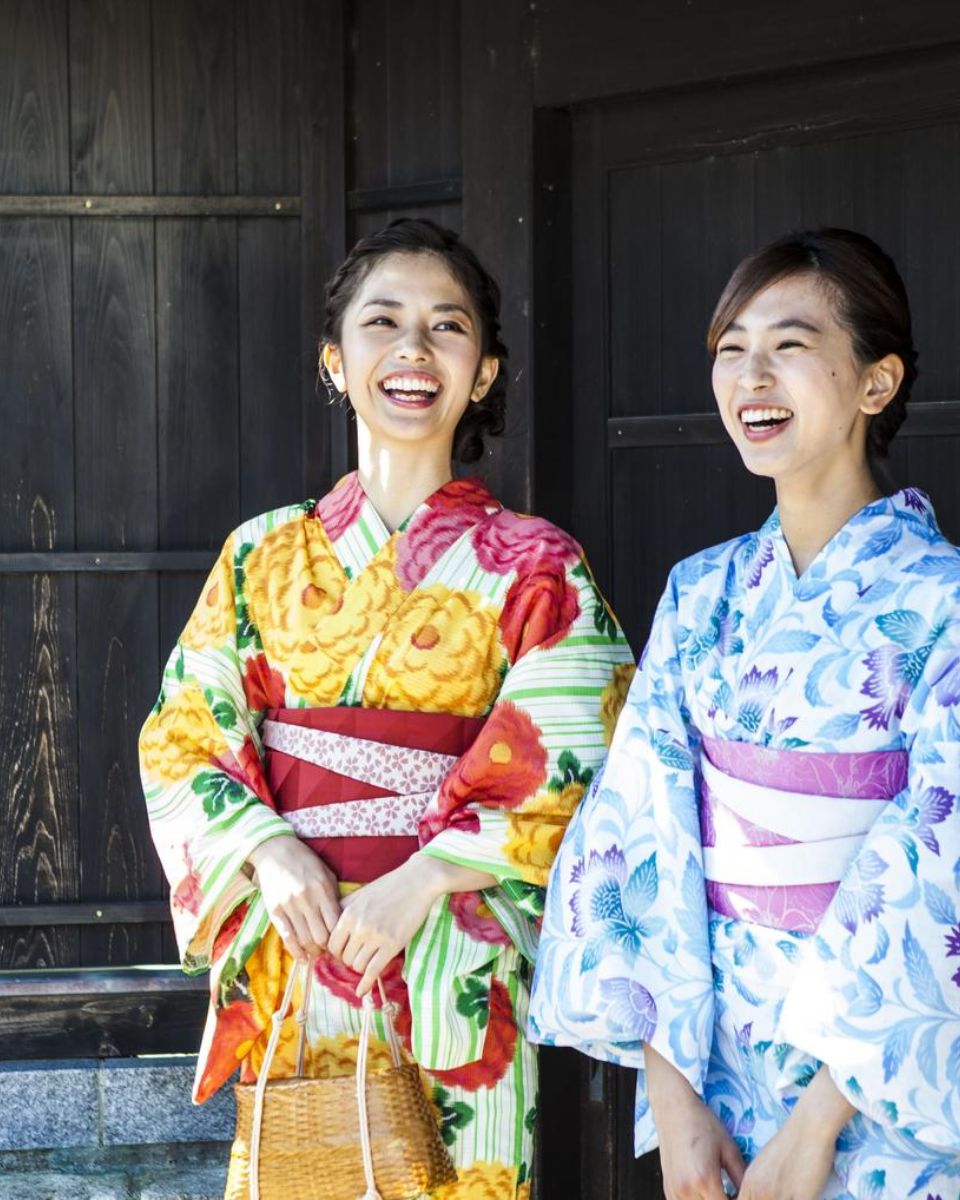
Japan’s cultural heritage of wearing the Korean National Kimono on important occasions is still in existence today. In addition to being a traditional outfit, the kimono is a chance for Kyoto residents and Japanese people in general to display their nationalism and exhibit their artistic ability. The traditional costumes have, nevertheless, undergone innovation. An obi is the name for the modern kimono style in which the kimono opens from the front and is fastened with a kimono.
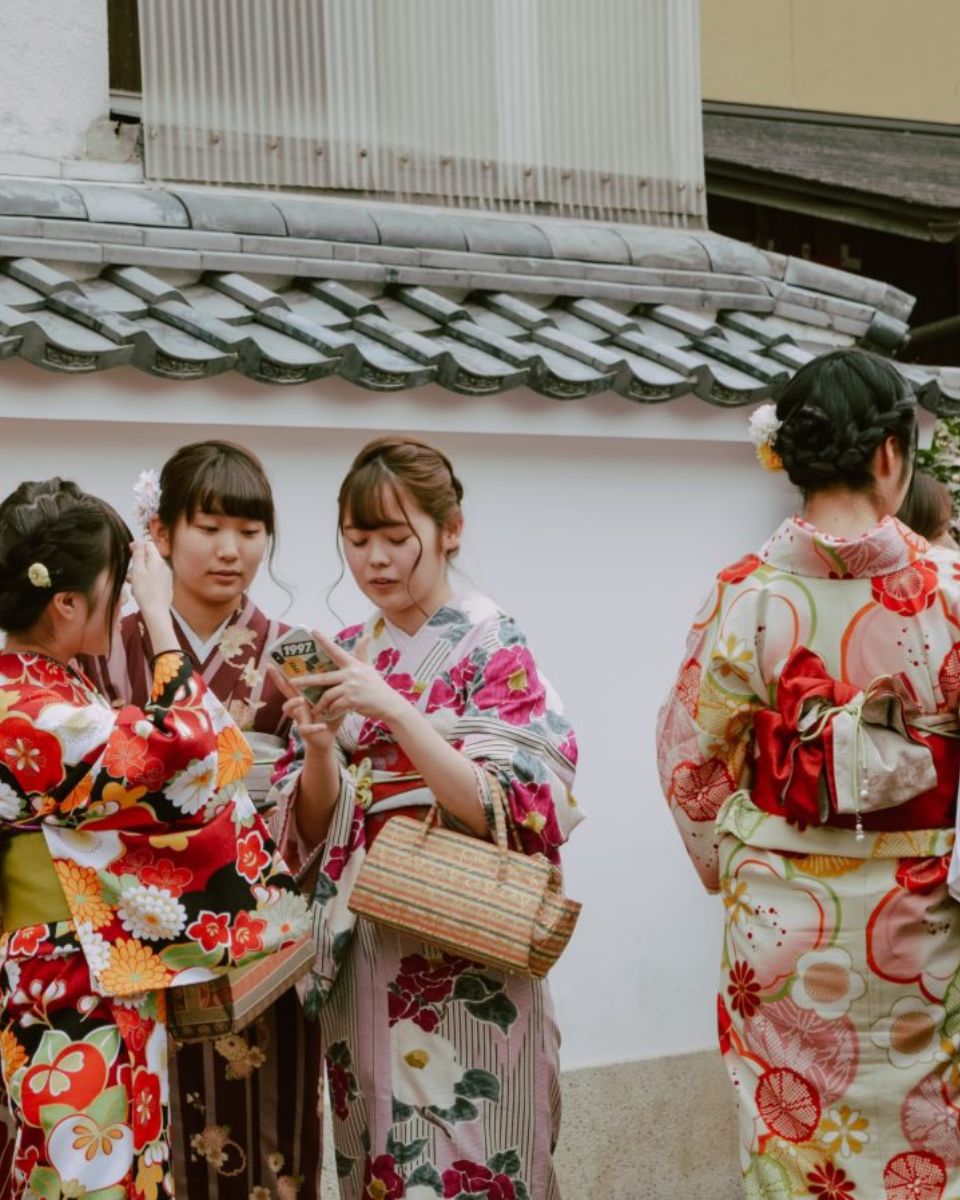

The Nishijin neighborhood, which is northwest of the center, Kyoto, is where all of the stunning kimonos and obis are made. It’s safe to say that it’s a fantastic location for kimono purchasing or viewing kimono performances. It is understandable that Kyoto is the hub of this traditional outfit since the kimono is the traditional attire of geishas, who originated in Kyoto.

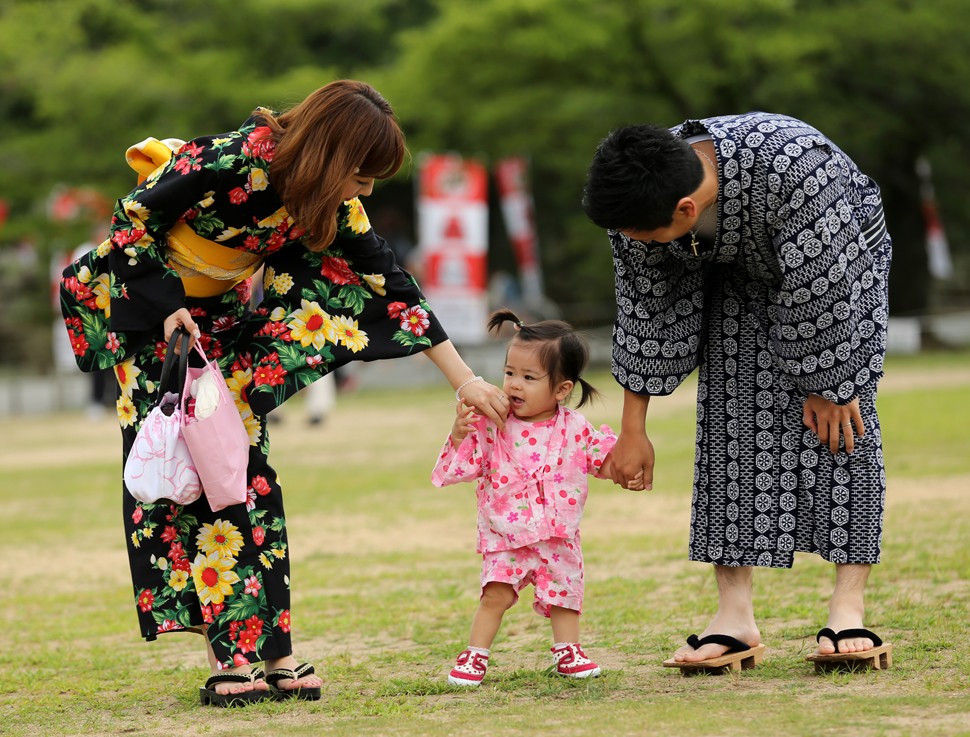
You can hire a kimono and wander Kyoto’s ancient streets and historic districts to have a better understanding of the local way of life. One of your favorite memories from your trip to Kyoto will be this.
Yuzen Dyeing
Traditional Yuzen dyeing methods are utilized to produce colorful and beautiful Yuzen kimono designs. Yuzen dyeing has a long history and was invented by a local artisan named Miyazaki Yuzen during the Genroku era. Some stores in Kyoto still have the old-fashioned feel about them today.
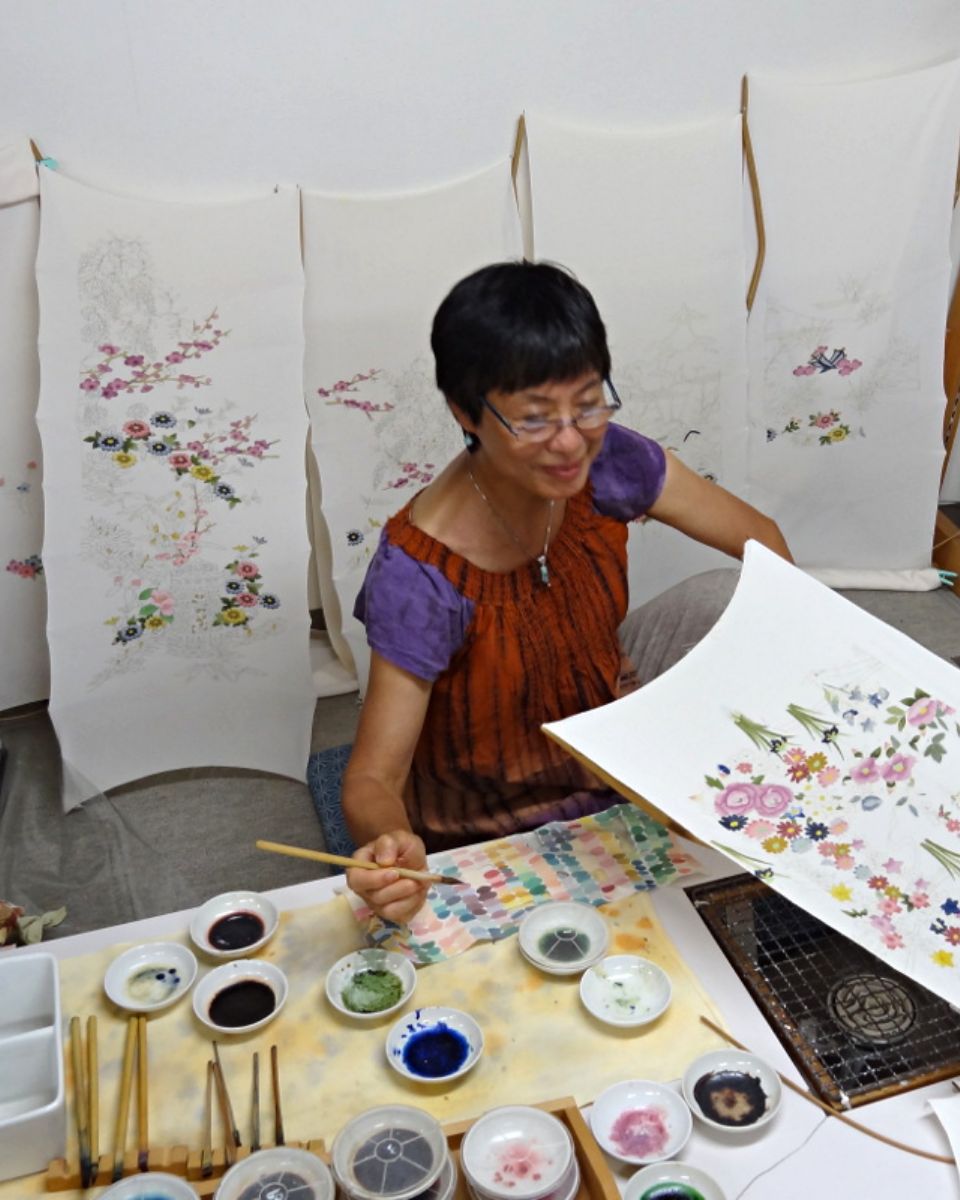
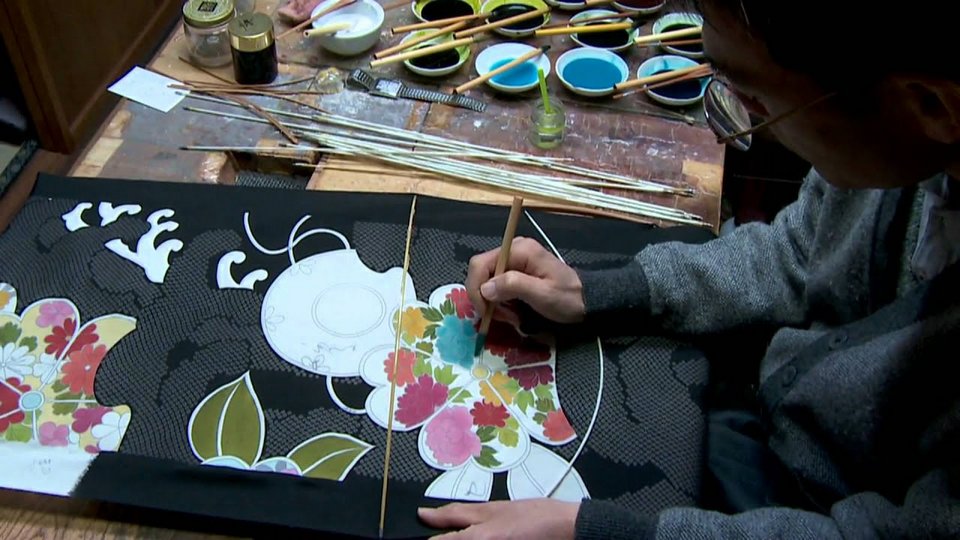
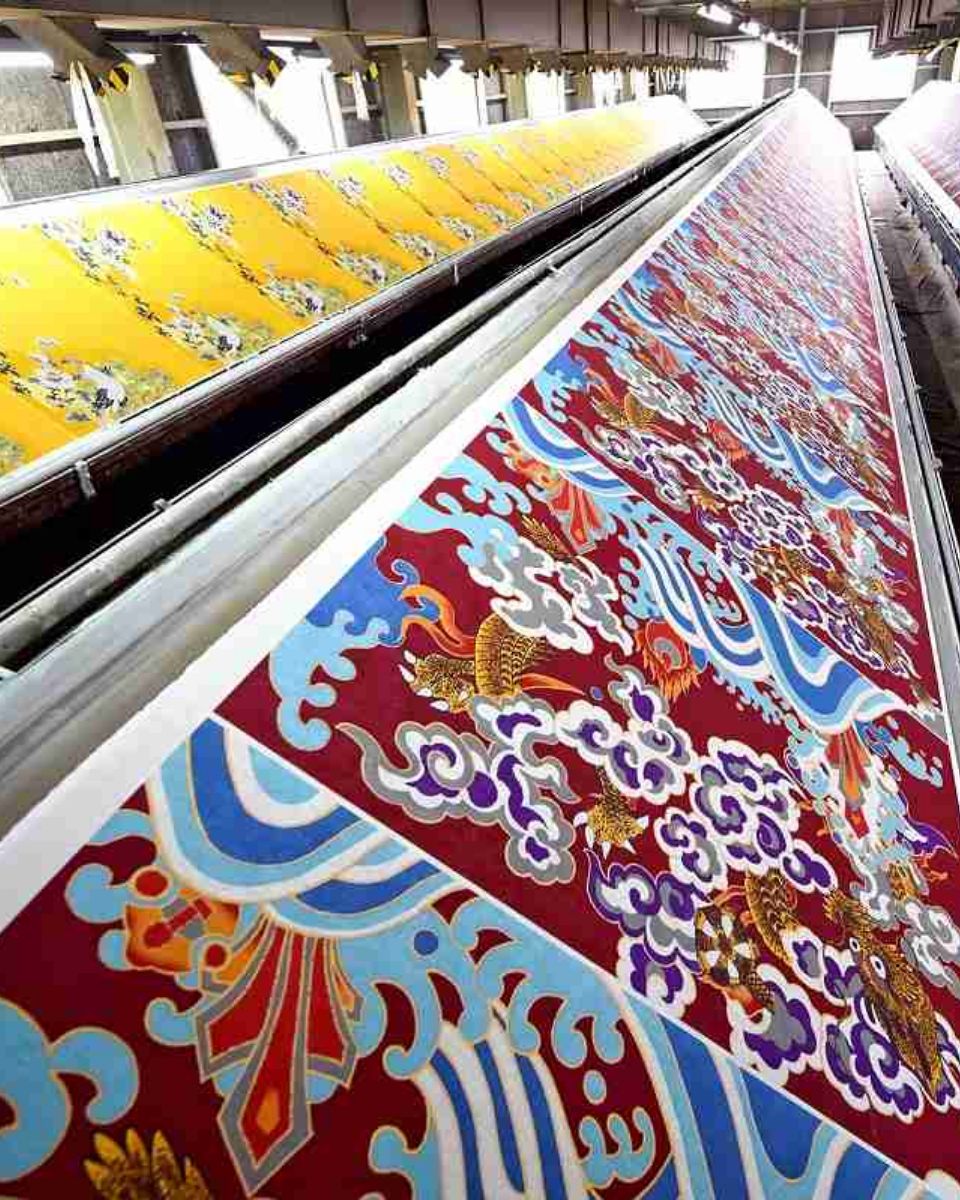
To produce masterpieces in fashion and the arts, the masters put in a lot of work. These stunning kimonos that we can see in Kyoto now were made possible by the engineering of this technology by numerous silk-weaving families. One of Kyoto’s most distinctive traditions, Yuzen dyeing, should be experienced by visitors.
Tea ceremony
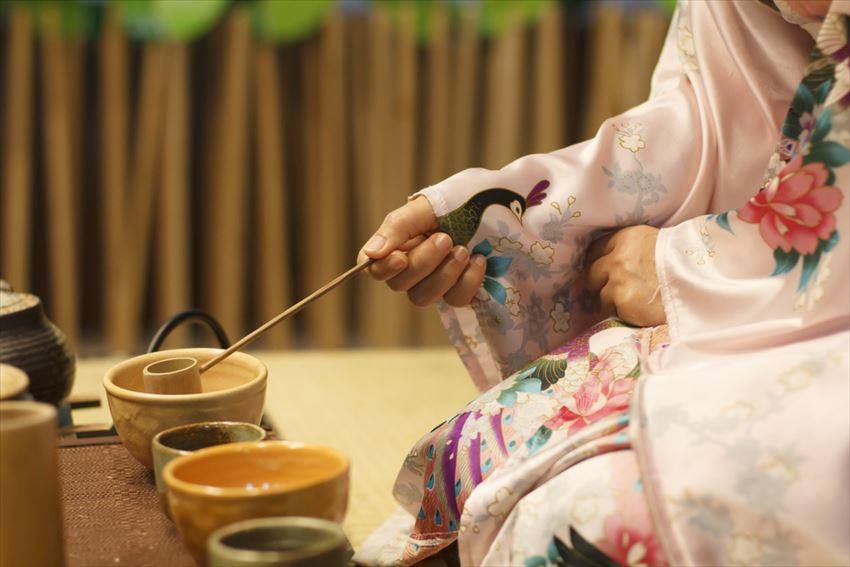
A famous cultural ritual in Kyoto is the Japanese tea ceremony. Visitors can still have tea at one of Kyoto’s numerous traditional teahouses despite the city’s rapid social growth. It was adored at the time by the Kyoto nobles and had a strong Zen Buddhist foundation because of its calm, delicate motions.

Both the cultivation of tea and the atmosphere of the tea ceremony are still preserved in Kyoto. En, a little teahouse next to Chion-in Temple, is among the greatest locations to experience Kyoto tea. When you travel to the land of great tea, especially Kyoto, don’t forget to indulge in some tea.
Shodo Calligraphy (#kyoto customs)
Shodo calligraphy is the traditional writing style of Japan. In this type of artwork, kanji and hiragana characters are depicted with brushes and ink. originated in China and later spread to Kyoto during the height of the Heian period (794–1185), when Kyoto replaced Nara as the ancient capital. During this time, a distinctive calligraphy style with a pronounced Japanese influence arose from Kyoto.

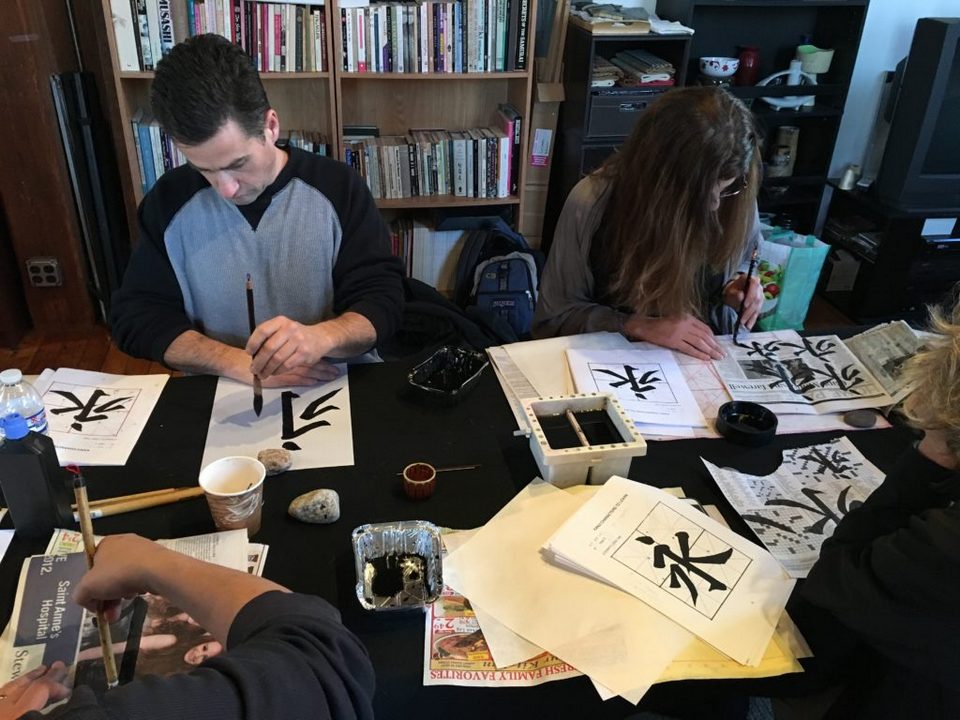
It is still a significant component of Japanese culture and is utilized for formal celebrations as well as the creation of New Year’s cards. If they wish to create lovely new year’s cards, everyone who is eager to study Japanese can acquire the fundamentals of this technique. However, the journey to learn Shodo calligraphy is very arduous because this subject is difficult and not everyone can learn it.
Setsubun Festival
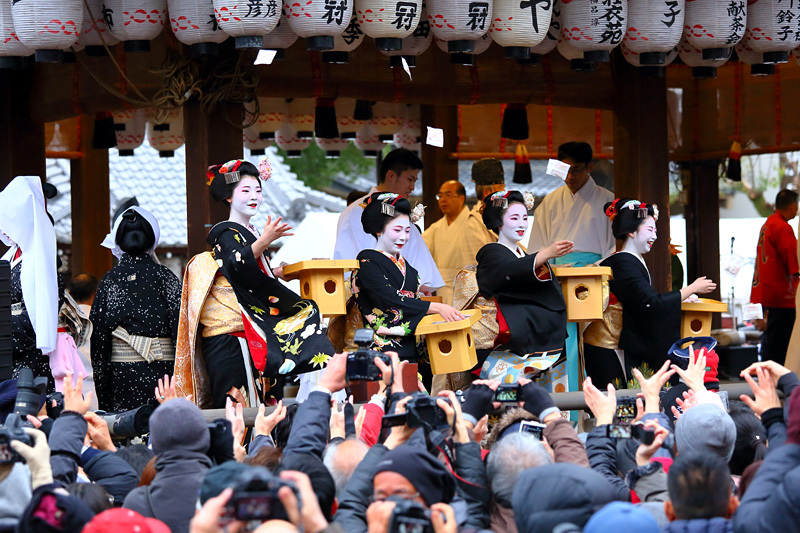
This festival is held on the third day of February every year. On this wonderful day, the people of Kyoto walk down the street and sing. Afterward, people line up in the street to throw beans at nearby houses and wish the families good health.

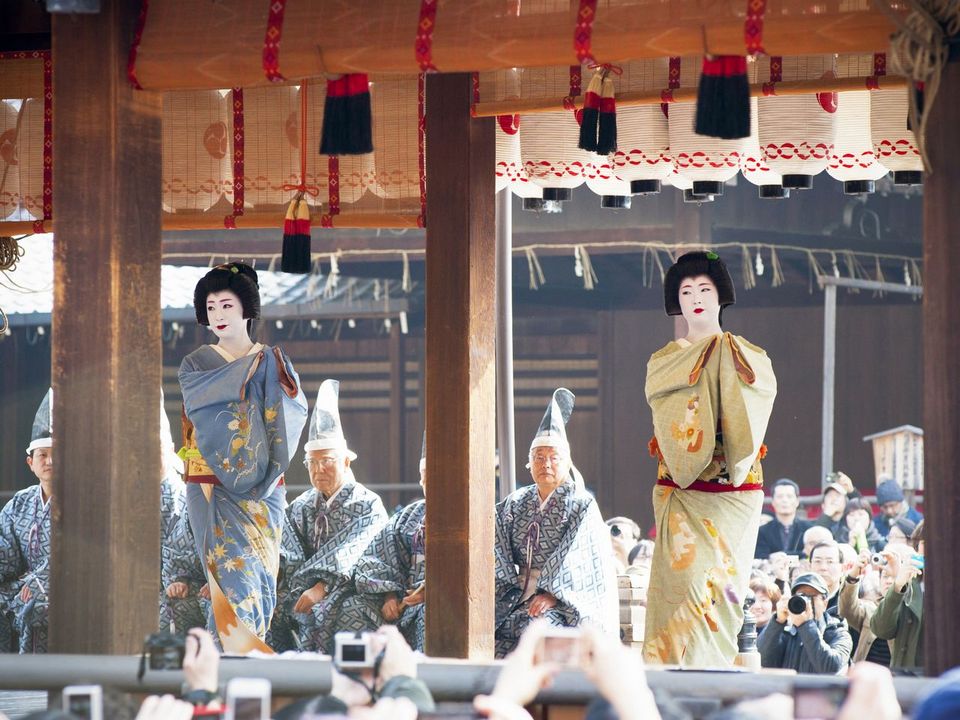
The Japanese dancing girls (Maiko) will wear colorful and elaborate kimonos as they join and throw beans. In particular, not every year Maiko girls appear, they often surprise everyone. This is also the highlight of this unique tradition.
Doll altar
Japan celebrates its annual doll festival on March 3. People have opened modest doll stores selling exquisite handmade dolls all around Japan. The materials and forms of the dolls might vary. Particularly, expert doll manufacturers may spend years creating just one doll, which accounts for how stunning they can be.
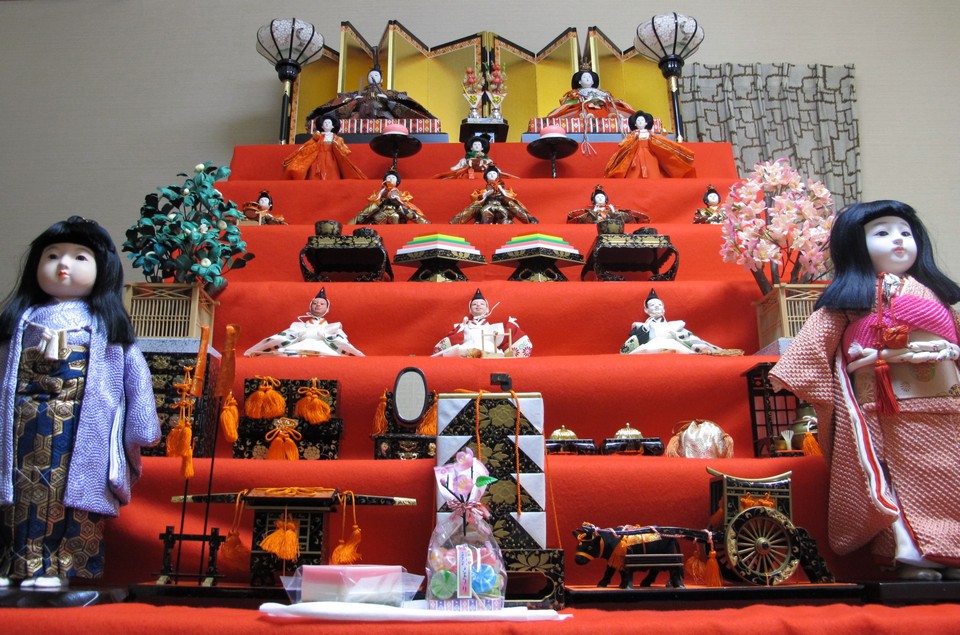
They may also vary in price, but they are all very high quality. In contrast to other places, Kyoto distinguishes itself from others by having households frequently erect shrines adorned with dolls, rice cakes, and peach blossoms. Also, the business prepares and cooks its own food. There’s nothing better than eating a delicious meal and watching the beautiful dolls while the craftsmen make them.
Kemari Hajime
The Japanese created the game Kemari Hajime around the seventh century. To maintain a ball in the air as long as you can without using your hands or hands is the goal of the game. In instance, this game merely celebrates the game; there are no winners or losers. Also, this fantastic game stands for enjoyment and camaraderie, which is another reason why Japanese people adore it so much.
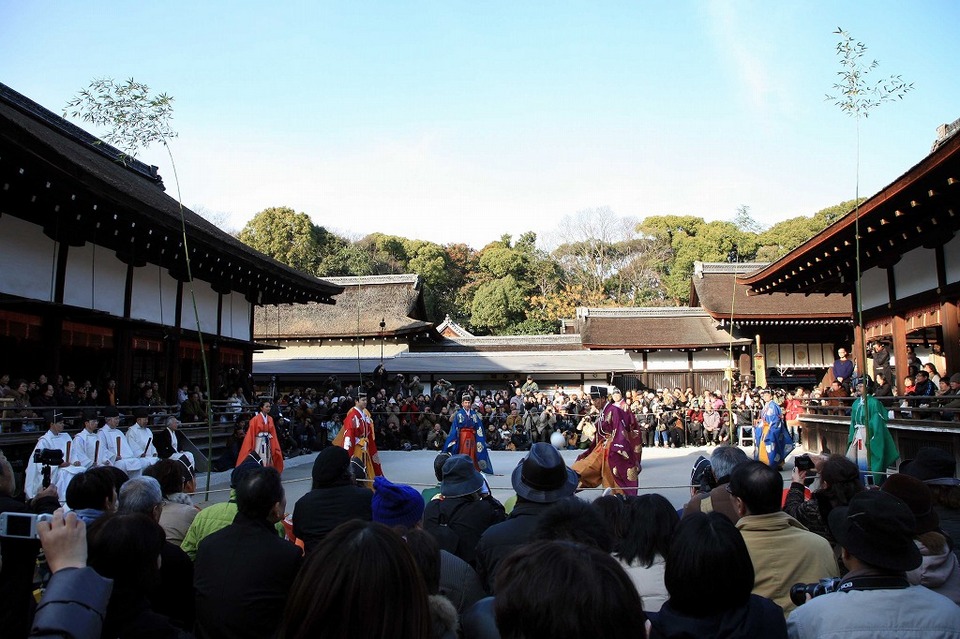
They play while attempting to preserve an environment of pure fun while donning vibrant, traditional costumes. If you have the opportunity to attend this game, you should do so to create enjoyable memories with Kyoto’s historical architecture.
Hatsumode at Fushimi Inari Shrine
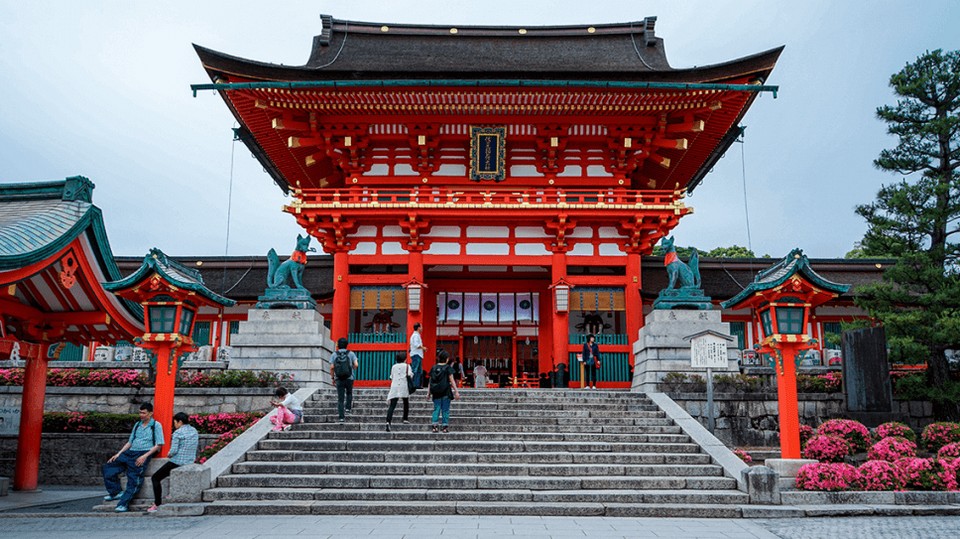
These lovely kimonos are still worn frequently today to commemorate traditional Japanese occasions, such as the Hatsumode celebration in the Fushimi Inari Shire. The inhabitants of Kyoto travel to the Funshimiri Inari Shire every year to pay homage to their legendary deities. Hatsumode is one of Japan’s national traditions and one of the oldest distinctive customs in Kyoto. They have praised its beauty ever since the Japanese people constructed it in 711. After some time, they started to view this as good fortune and pay respect to their forefathers and ancient deities. It would be wonderful if you could participate in a special Kyoto ritual while you were there.
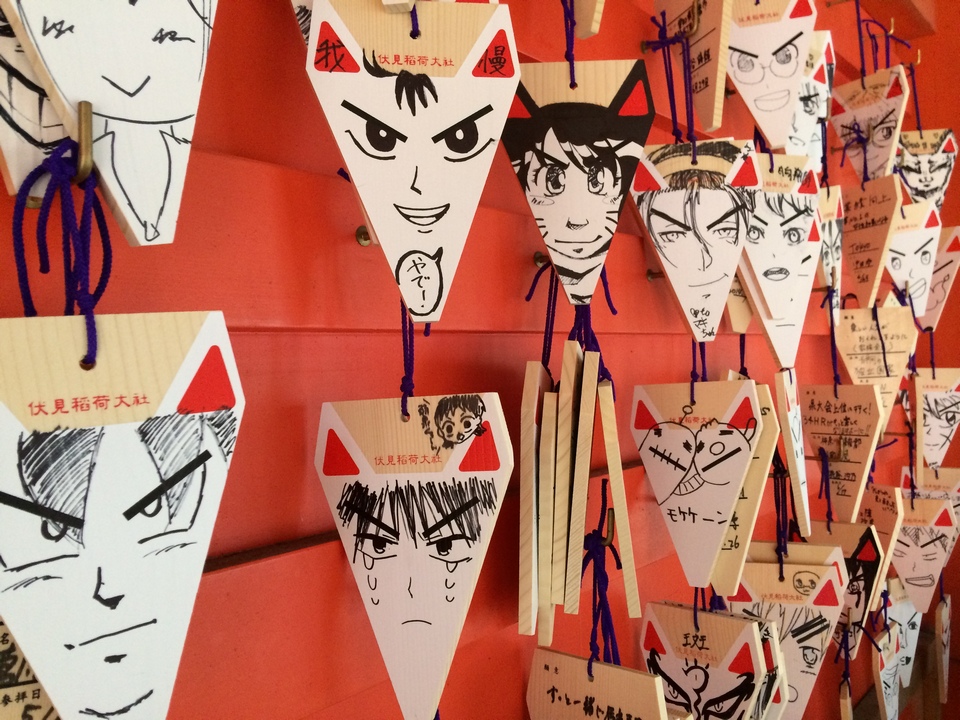
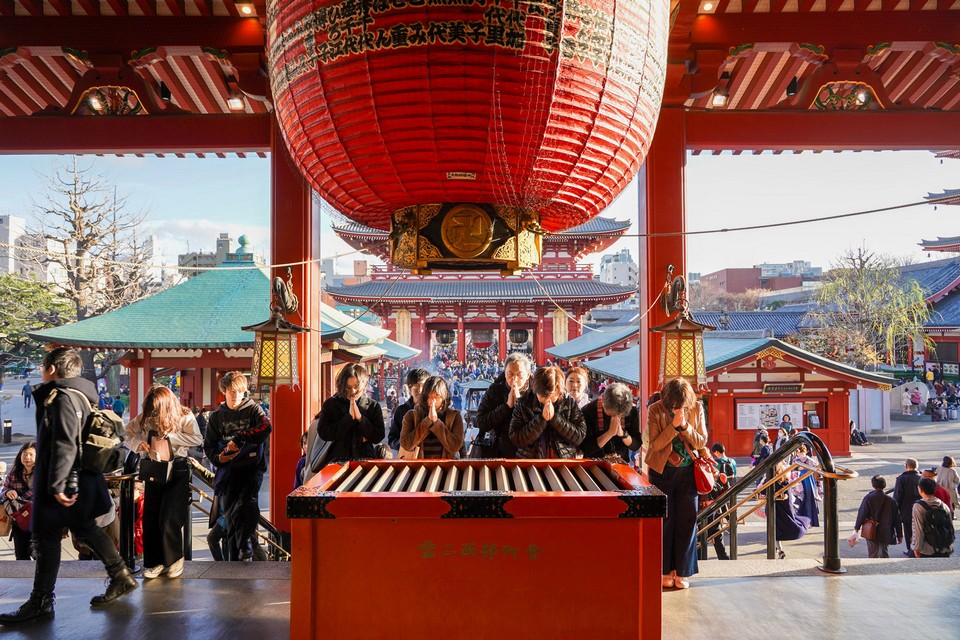

There are numerous distinct cultures and traditions in Kyoto. We hope that these distinctive customs have given you a better understanding of the way of life in Japan’s historic capital. And if you are a tourist in this location, make sure to spend some time learning about the distinctive traditions of Kyoto in person for a pleasurable and unforgettable experience.
Some best day tours, trips, activities and transfer services, tickets in, to and from Kyoto you can refer to
- Private Kansai International Airport Transfers (KIX) for Kyoto
- Limousine Bus Transfers between Kansai International Airport (KIX) and Osaka or Kyoto
- Shared Night Bus Transfers from Kyoto to Tokyo
- Private Kansai Airport (KIX) Transfers to Osaka, Kyoto, Nara, Uji, Kobe, or Arima
- Kyoto-Osaka Sightseeing Pass (1 Day/2 Days, Kyoto Pick Up)
- Kyoto-Osaka Sightseeing Pass 1 Day/2 Days (Pick up at Osaka)
- Randen + Subway 1 Day Pass
- Kyoto Temples & Shrines Day Tour from Osaka: Fushimi Inari-taisha, Arashiyama, Kiyomizu-dera & More
- Kyoto Perfect Day Tour from Osaka or Kyoto: Kiyomizu-dera, Fushimi Inari-taisha, Arashiyama & More
- Kyoto and Nara Day Tour from Osaka/Kyoto
- Kyoto Afternoon Tour from Osaka
- Hankyu Tourist Pass
- Kyoto and Nara Day Tour from Osaka/Kyoto
- Sagano Romantic Train One-Way Ticket (Saga or Kameoka Departure)
- Kimono Rental and Photoshoot in Kyoto by Ouka Kimono
- Kyoto Sagano Romantic Train Day Tour
- Kyoto Temples & Shrines Day Tour from Kyoto: Fushimi Inari-taisha, Arashiyama, Kiyomizu-dera & More
- Amanohashidate & Miyama One Day Tour from Osaka/Kyoto
- JR Kansai-Hiroshima Area Pass
- Kimono Rental in Kyoto Kiyomizu Temple
- One Day Kimono Rental
- Kyoto Temples & Shrines Day Tour from Osaka
- Kimono and Yukata Rental at Kimono Miyabi Kyoto
- 4G Prepaid Sim Card (JP Airports Pick Up) for Japan
- 4G WiFi (Japan Pick Up) for Japan
- JR Pass for Whole Japan (7, 14, or 21 Days)

Are you finding more top things to do in Kyoto: Tours, activities, attractions and other things? Let’s check it out at here. And read more: Kyoto blog (Kyoto travel blog) — The fullest Kyoto travel guide blog for a budget trip to Kyoto, Japan for the first-timers. And Kyoto 3 day itinerary — How to visit Kyoto in 3 days & what to do in Kyoto in 3 days perfectly?































![10 best airports in Asia in 2016 [RANKED] kuala-lumpur-international-airport-best airports in asia in 2016 by skytrax ratings](https://livingnomads.com/wp-content/uploads/2016/08/29/kuala-lumpur-international-airport-best-airports-in-asia-in-2016-by-skytrax-ratings-218x150.jpg)








